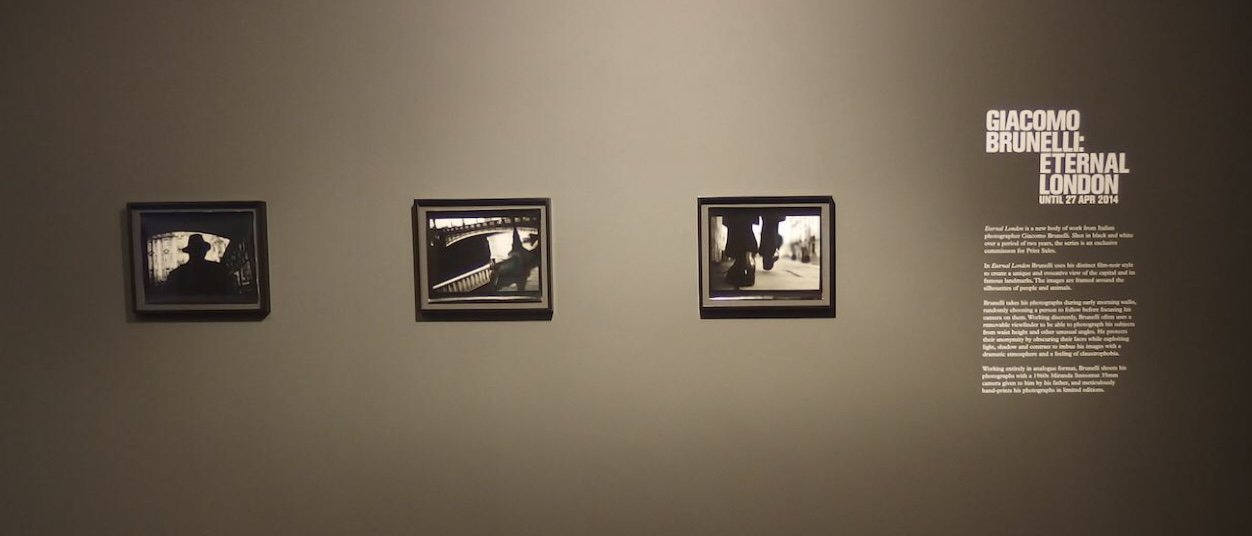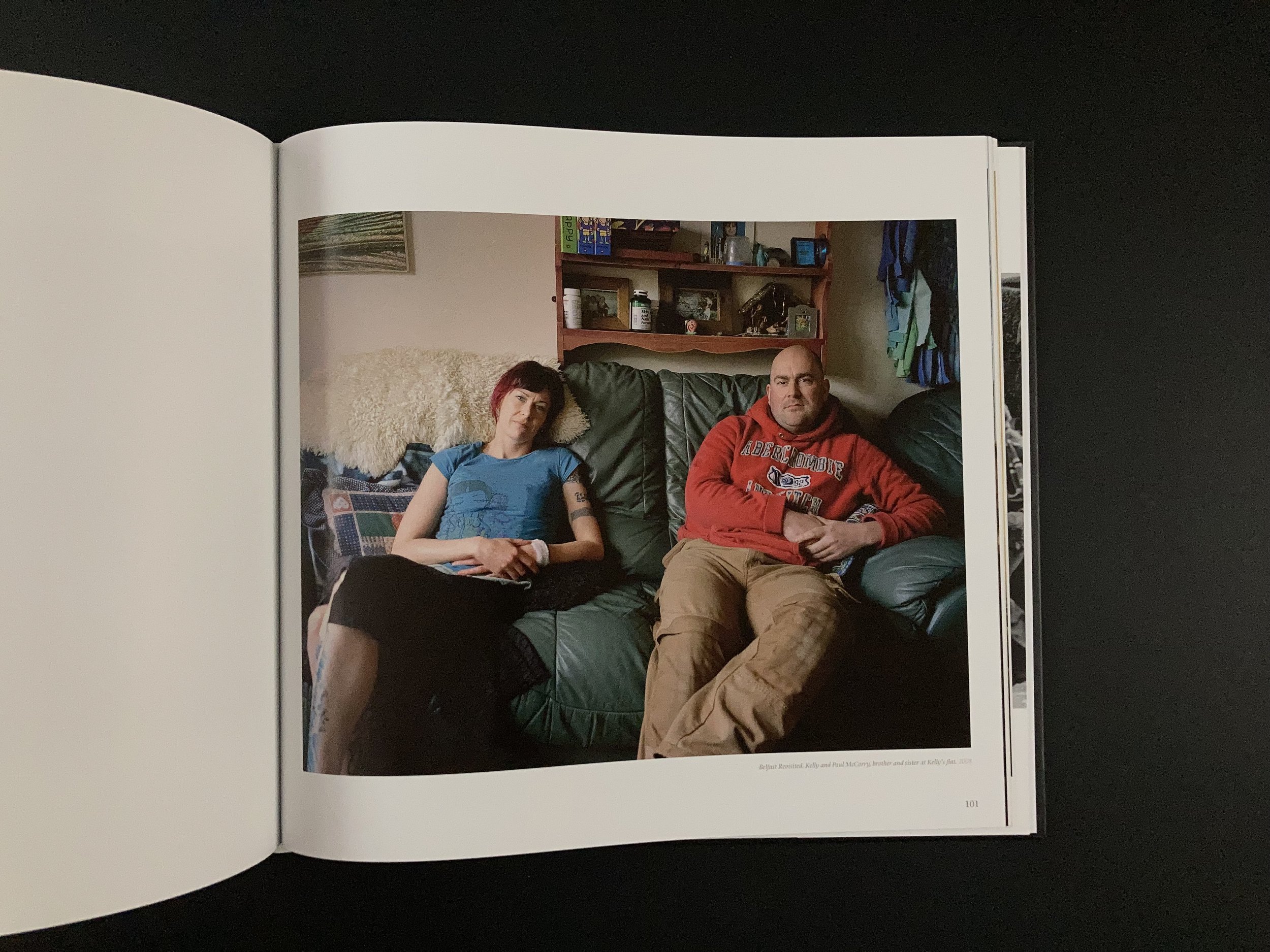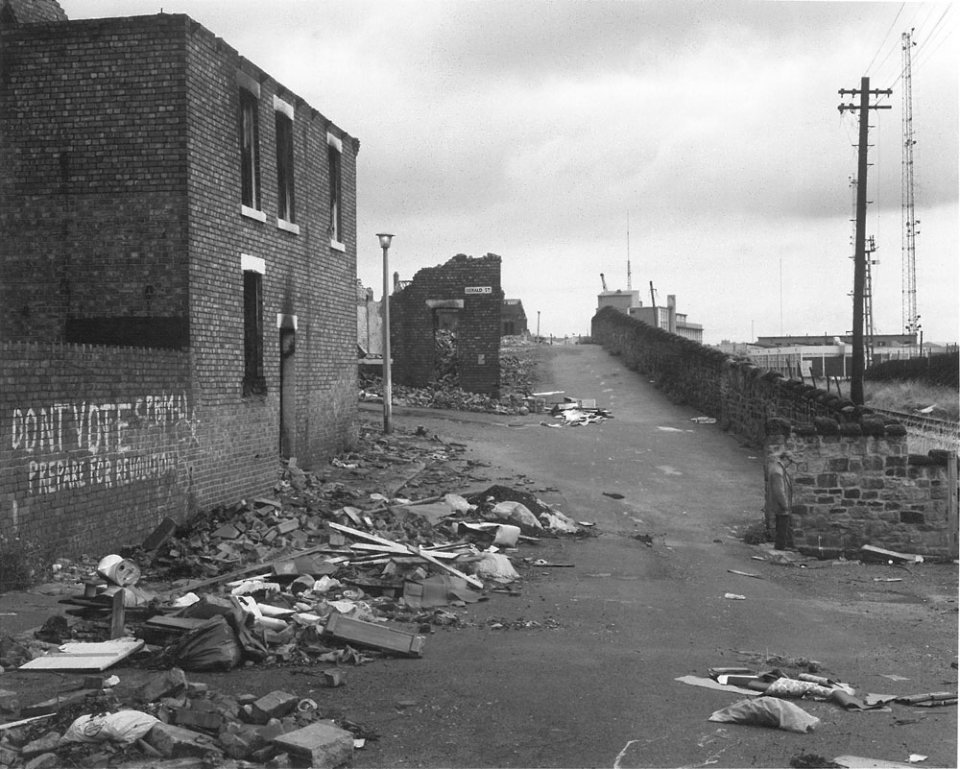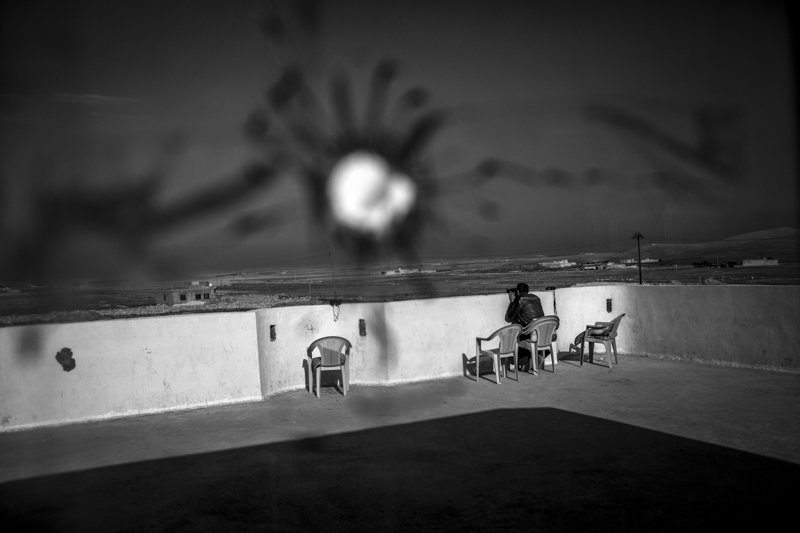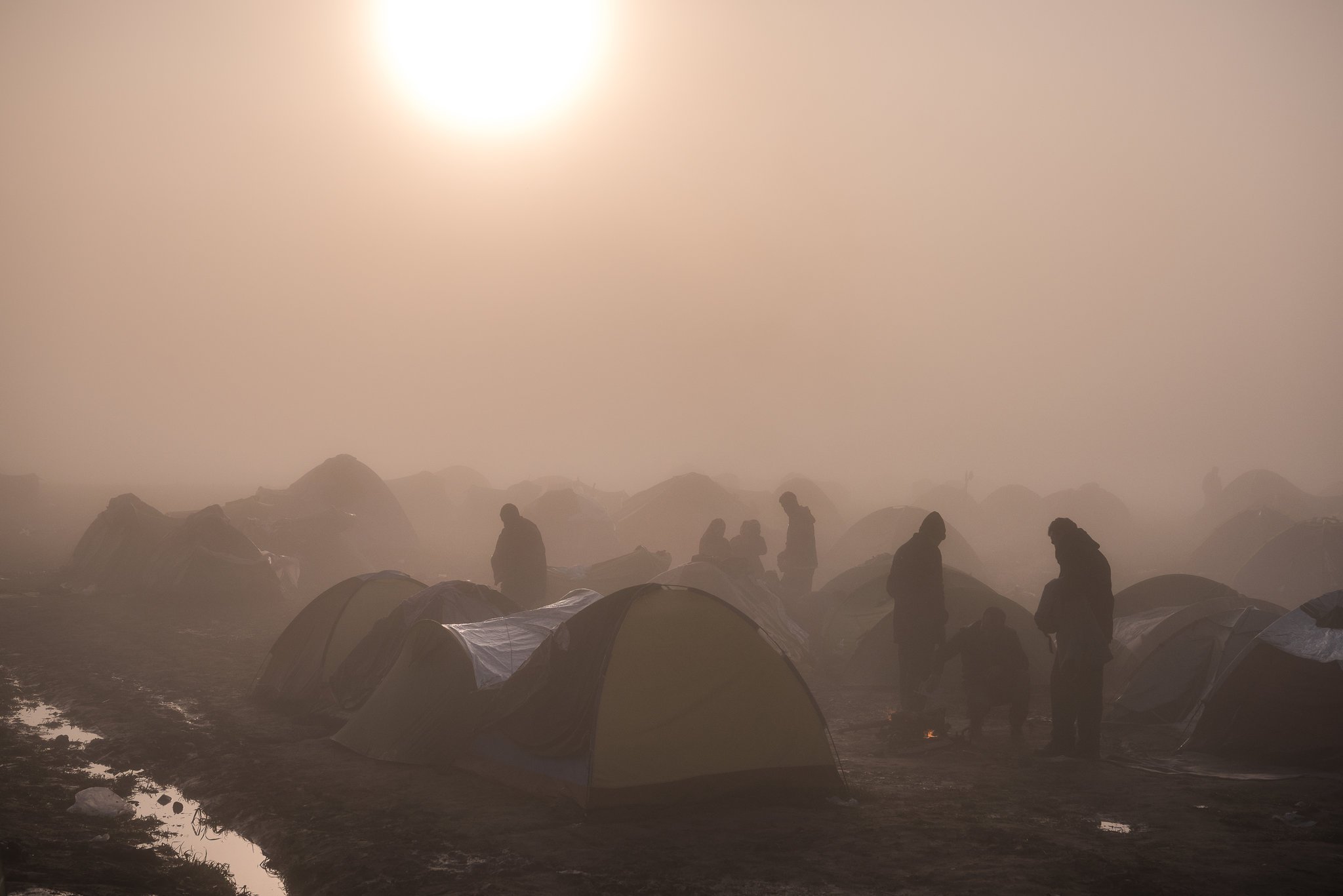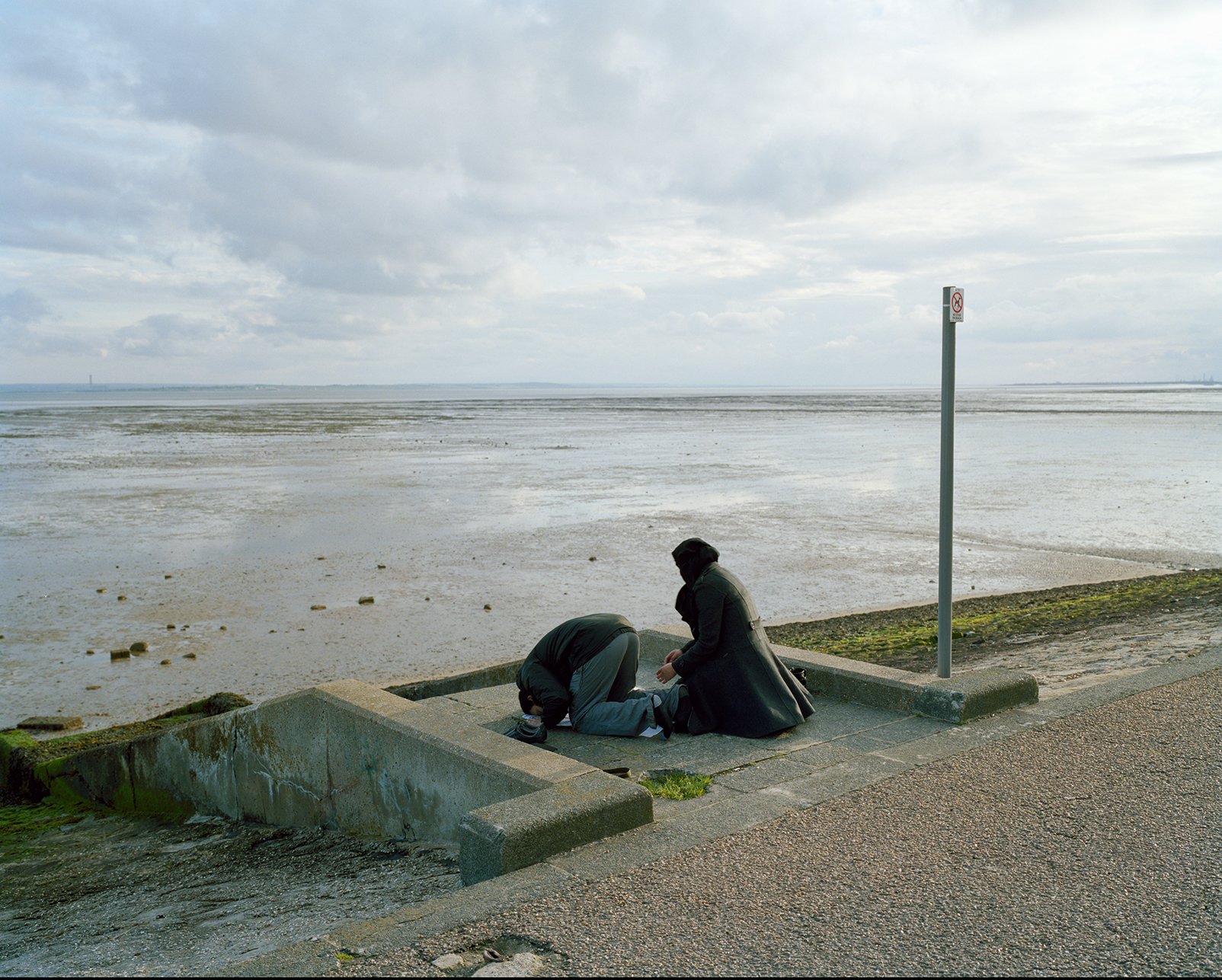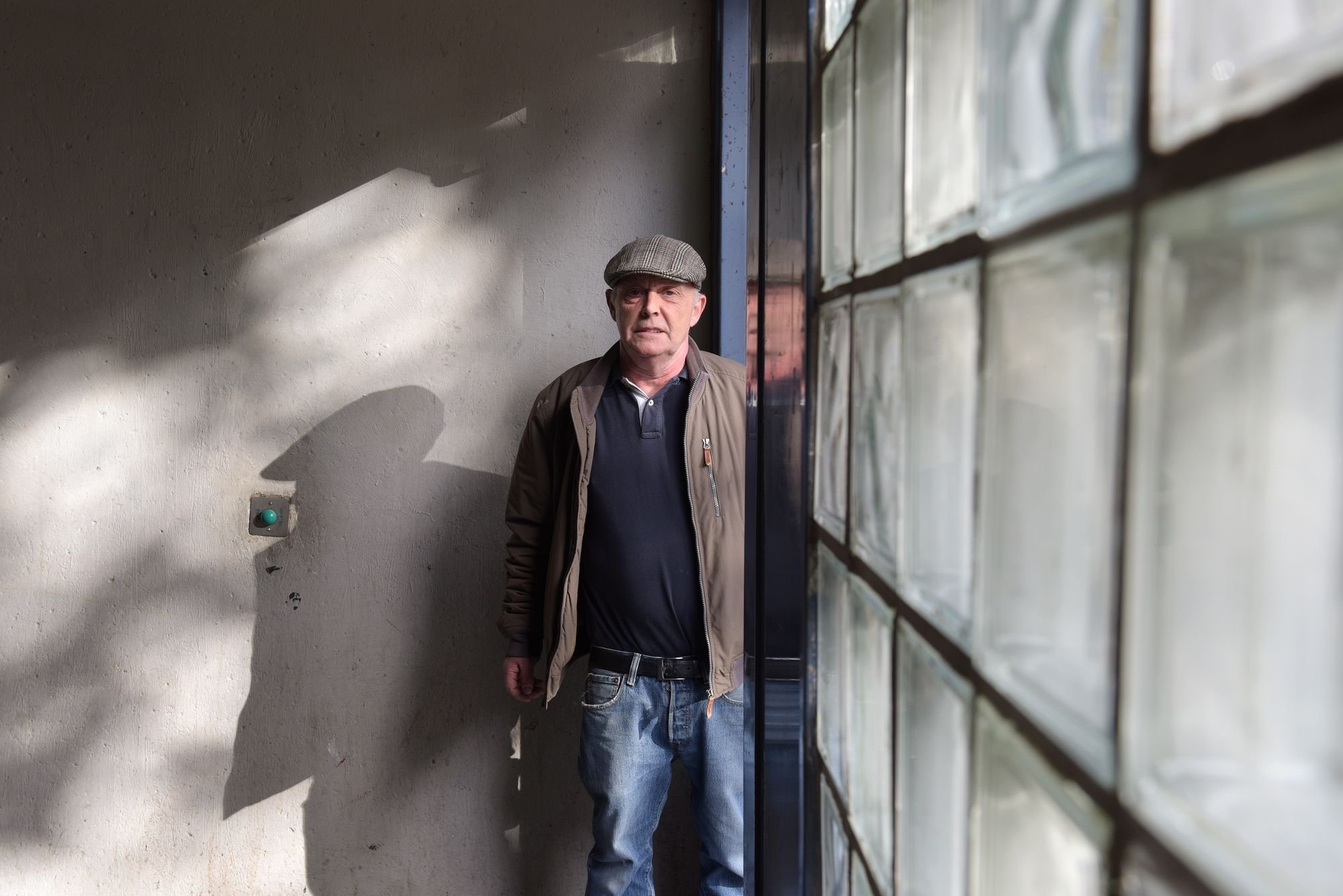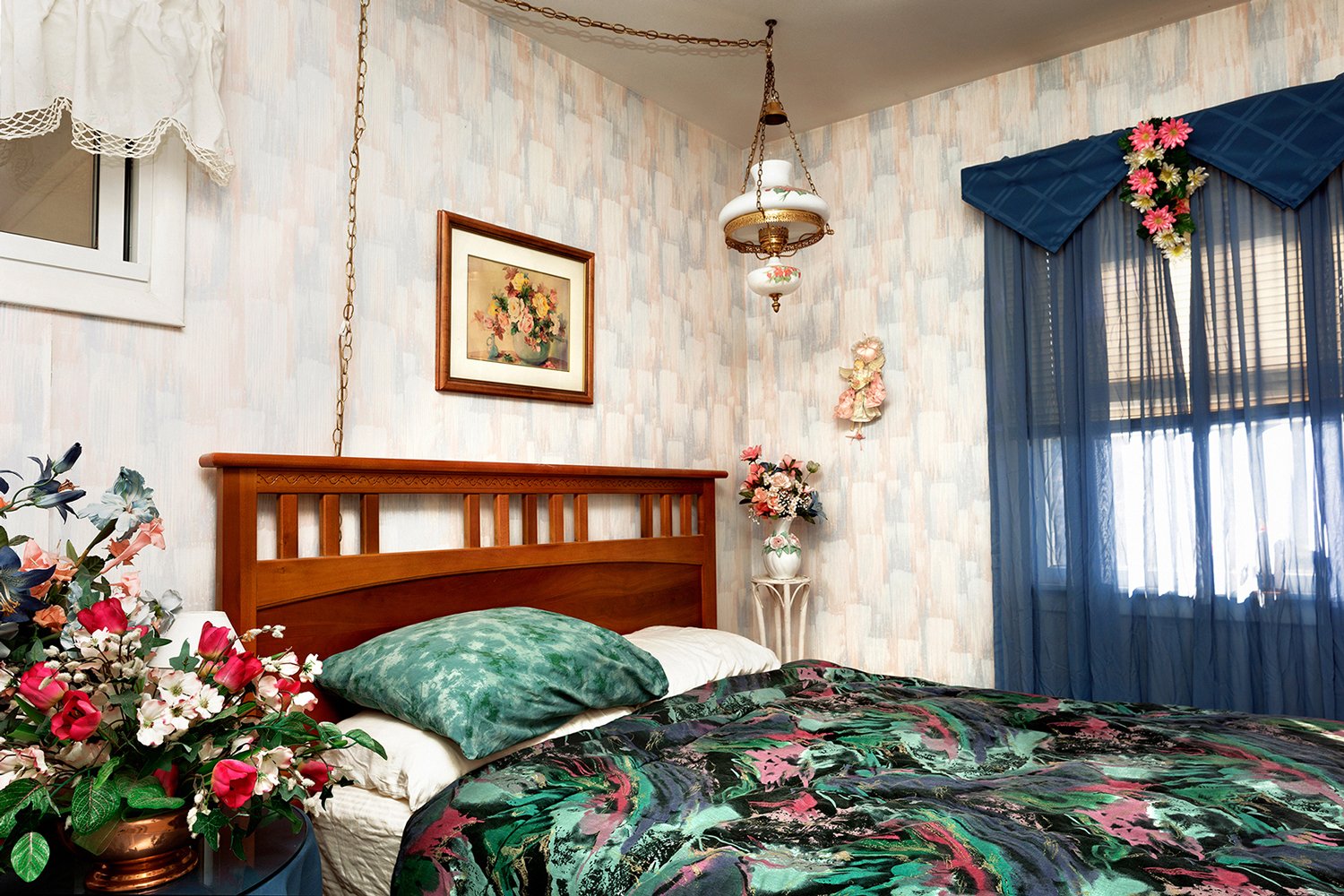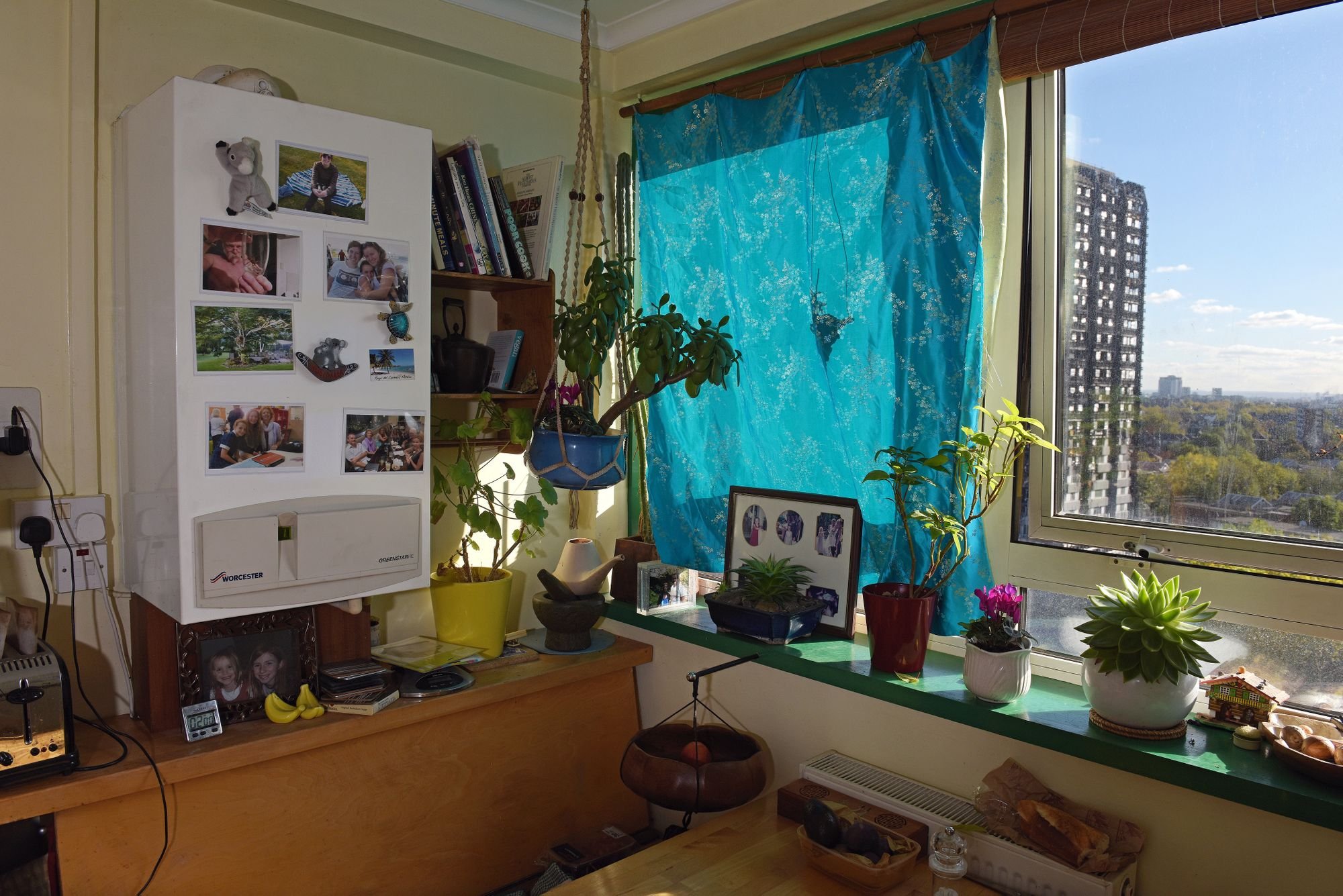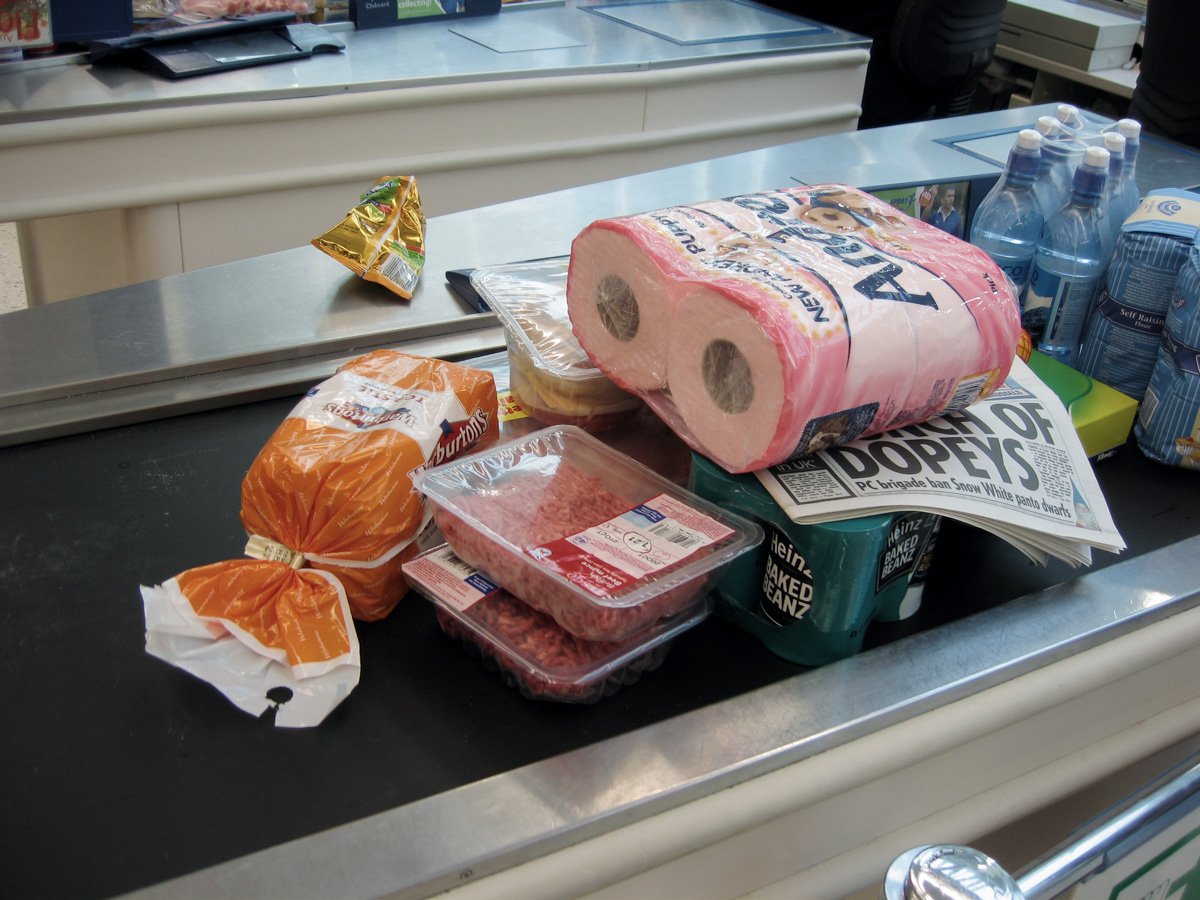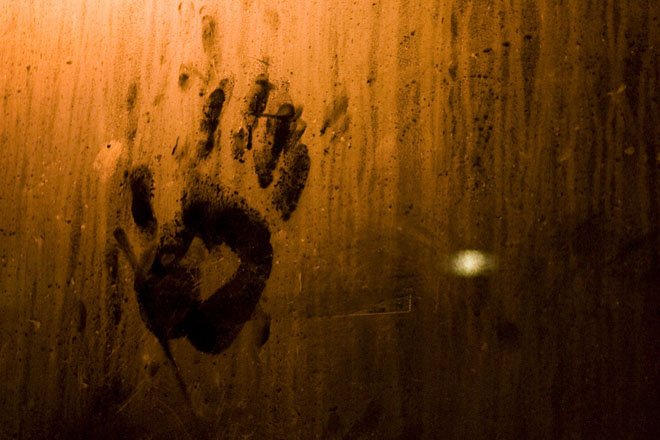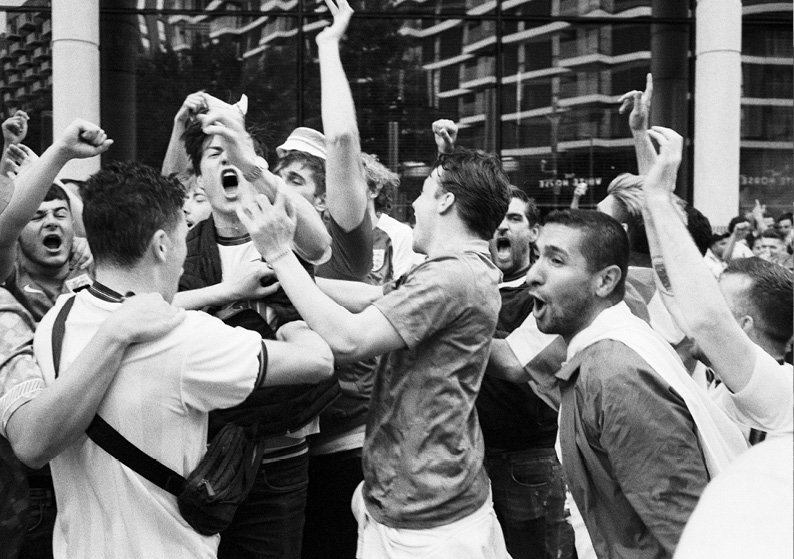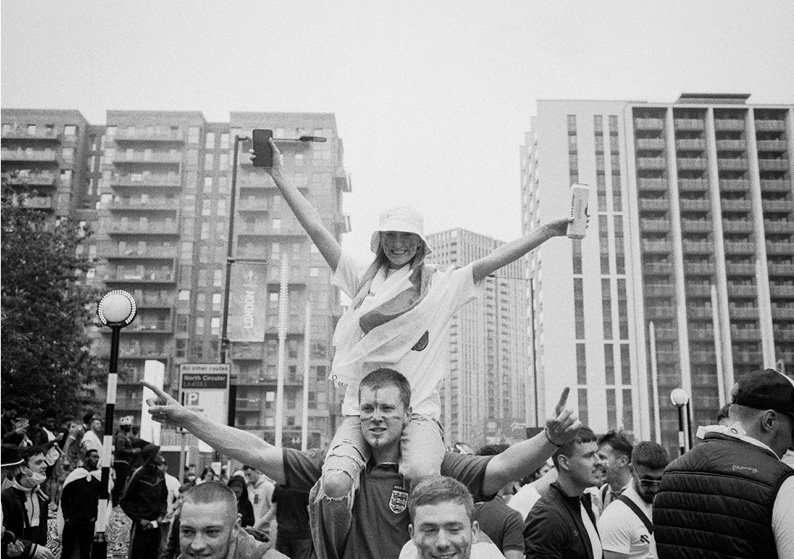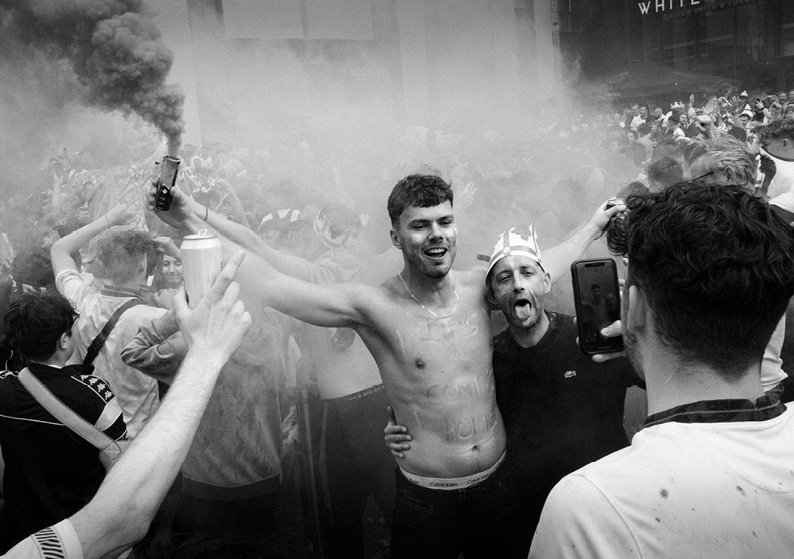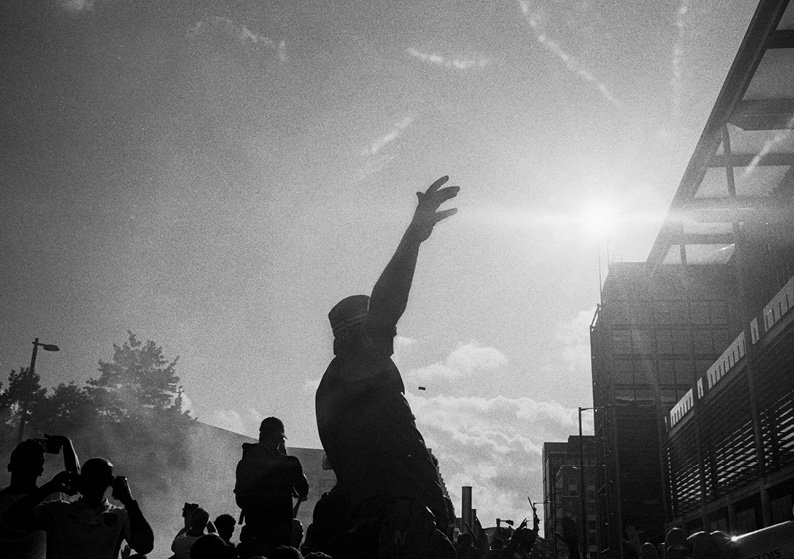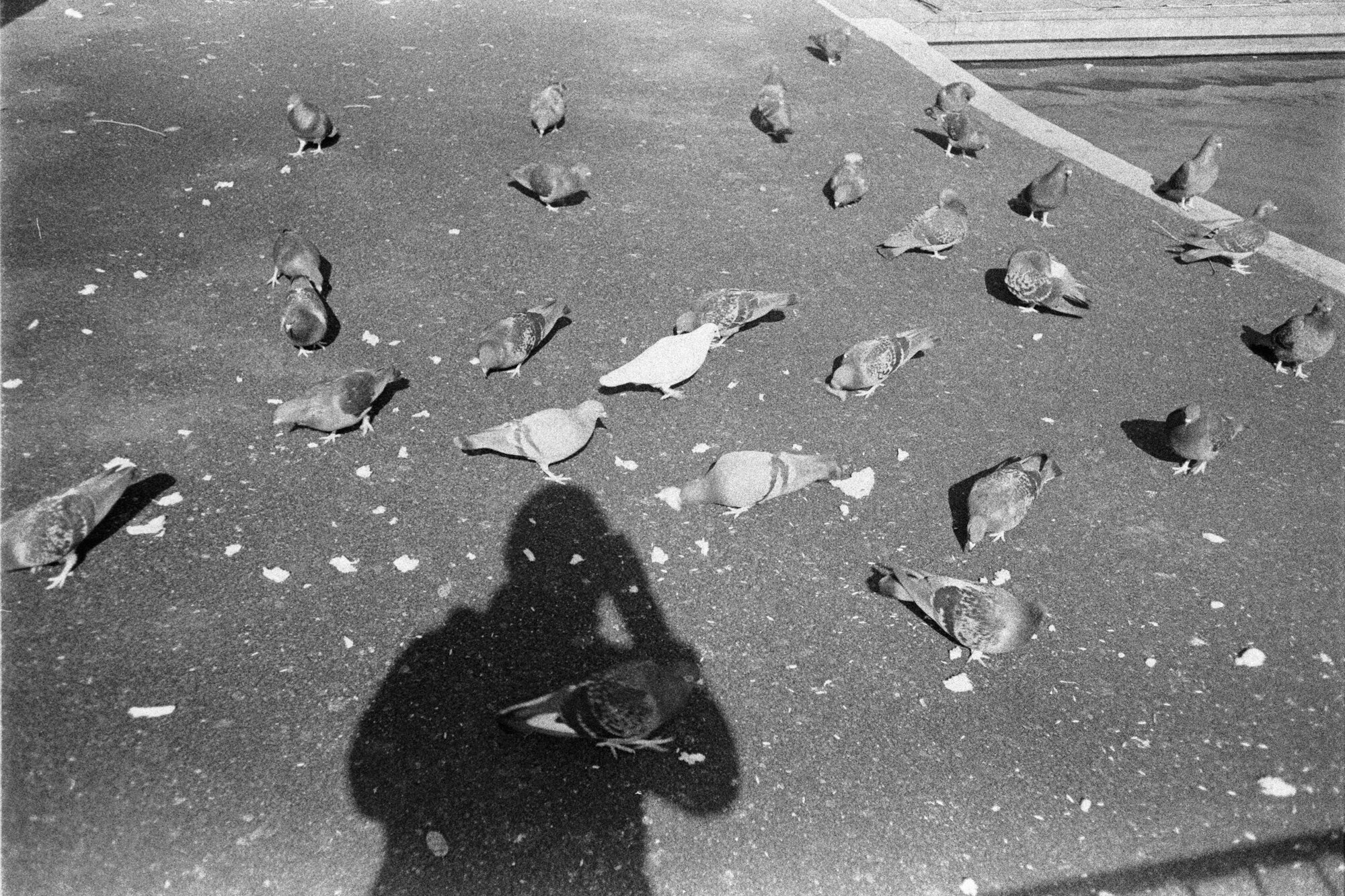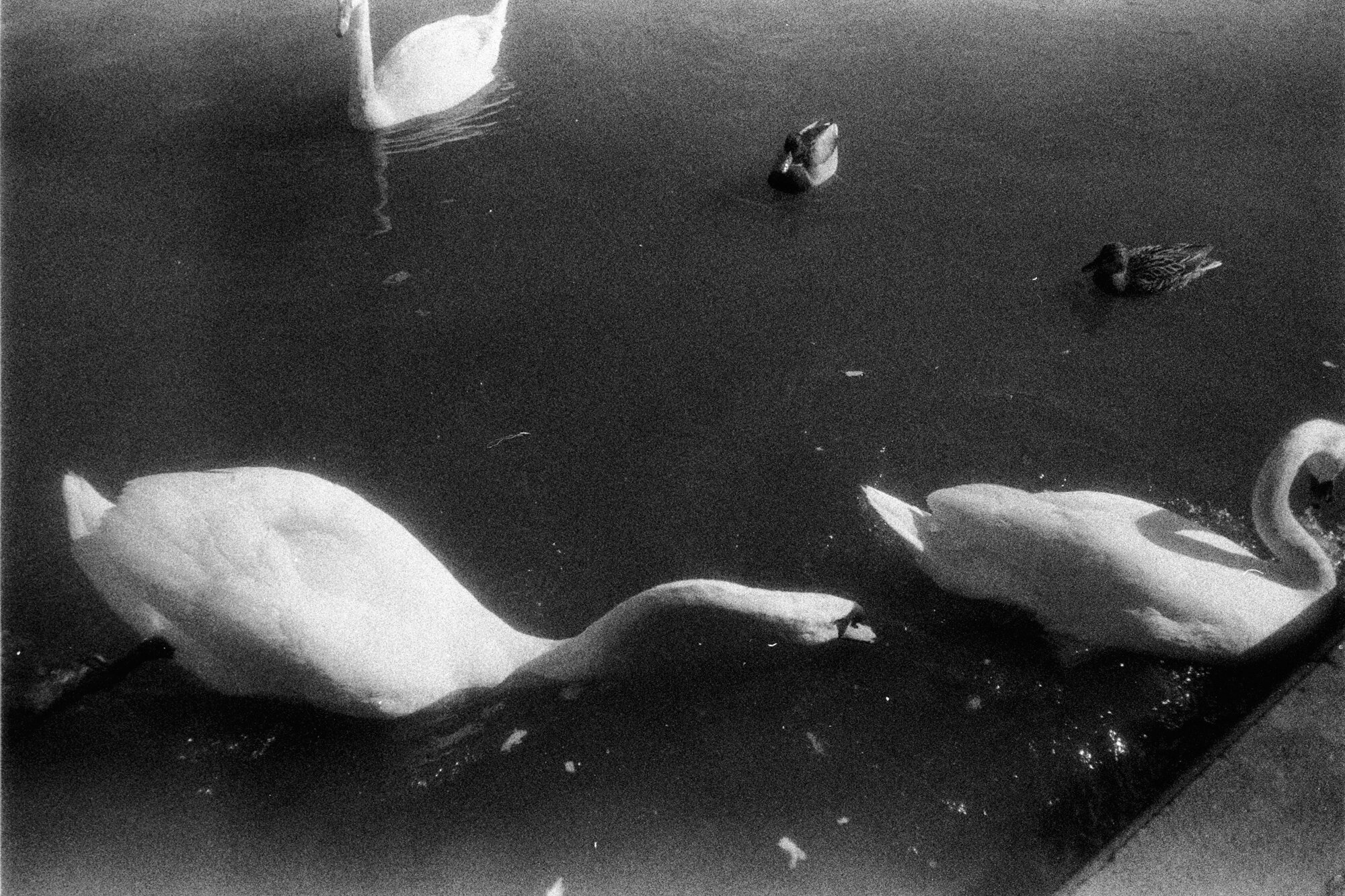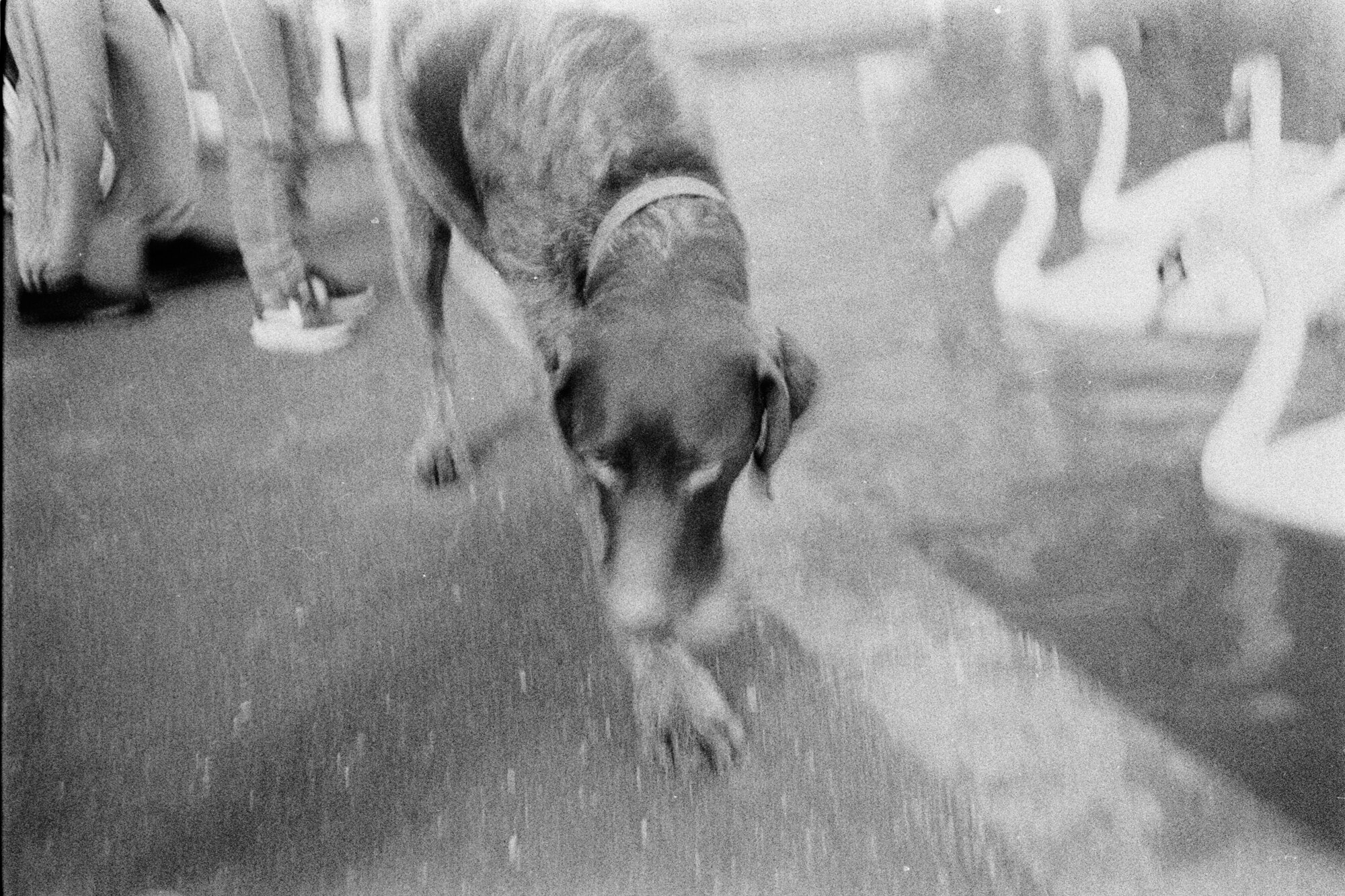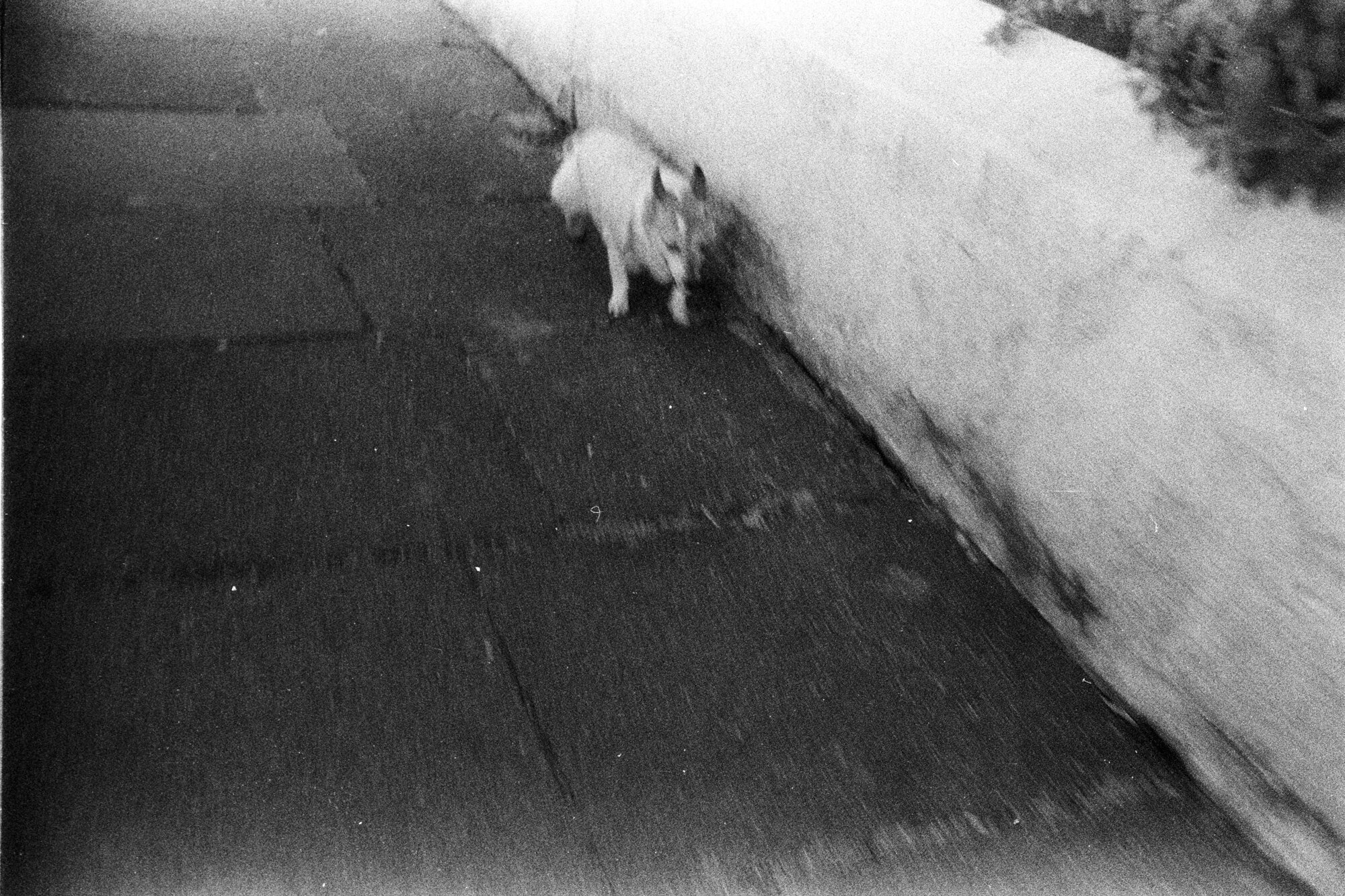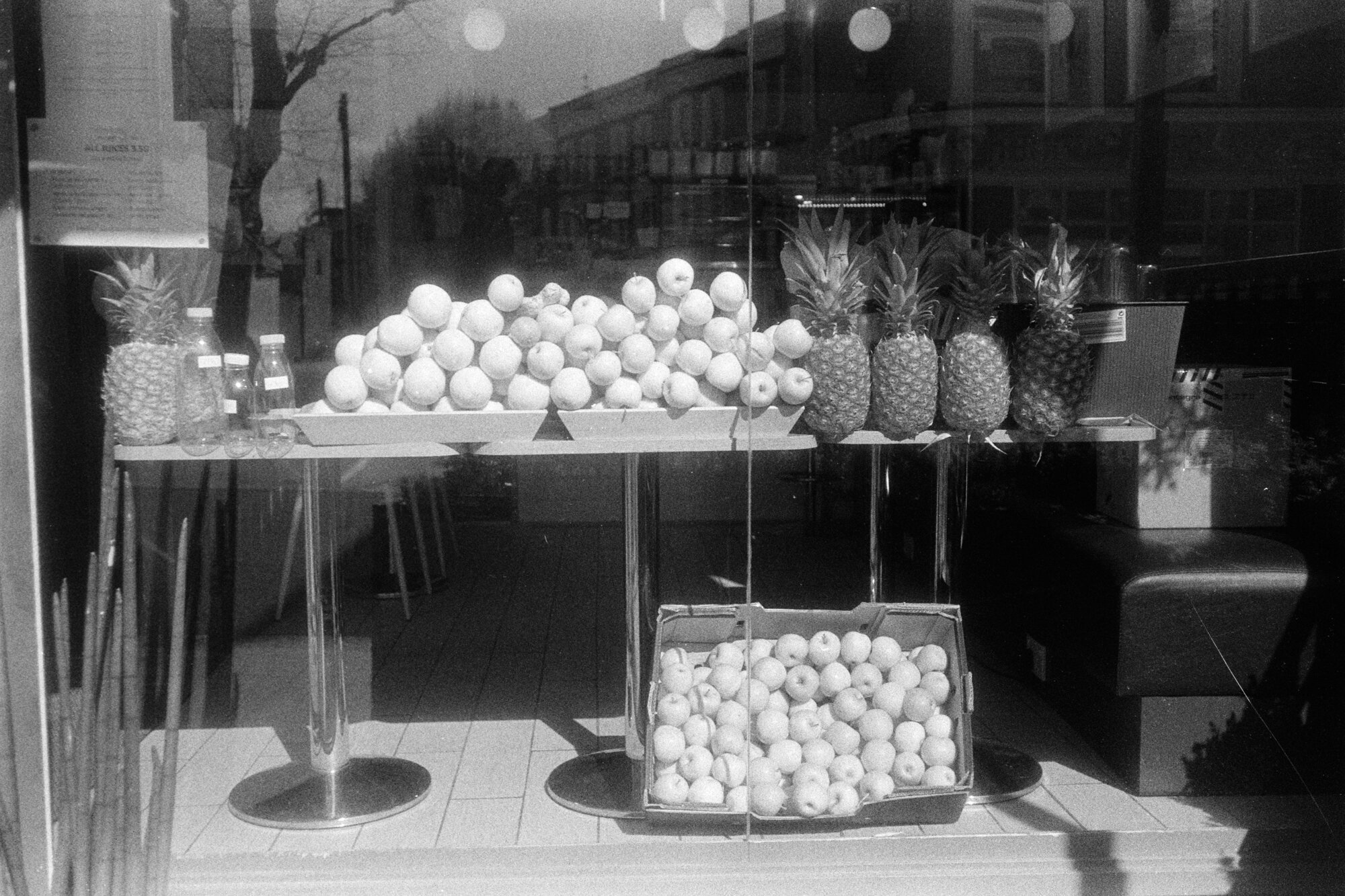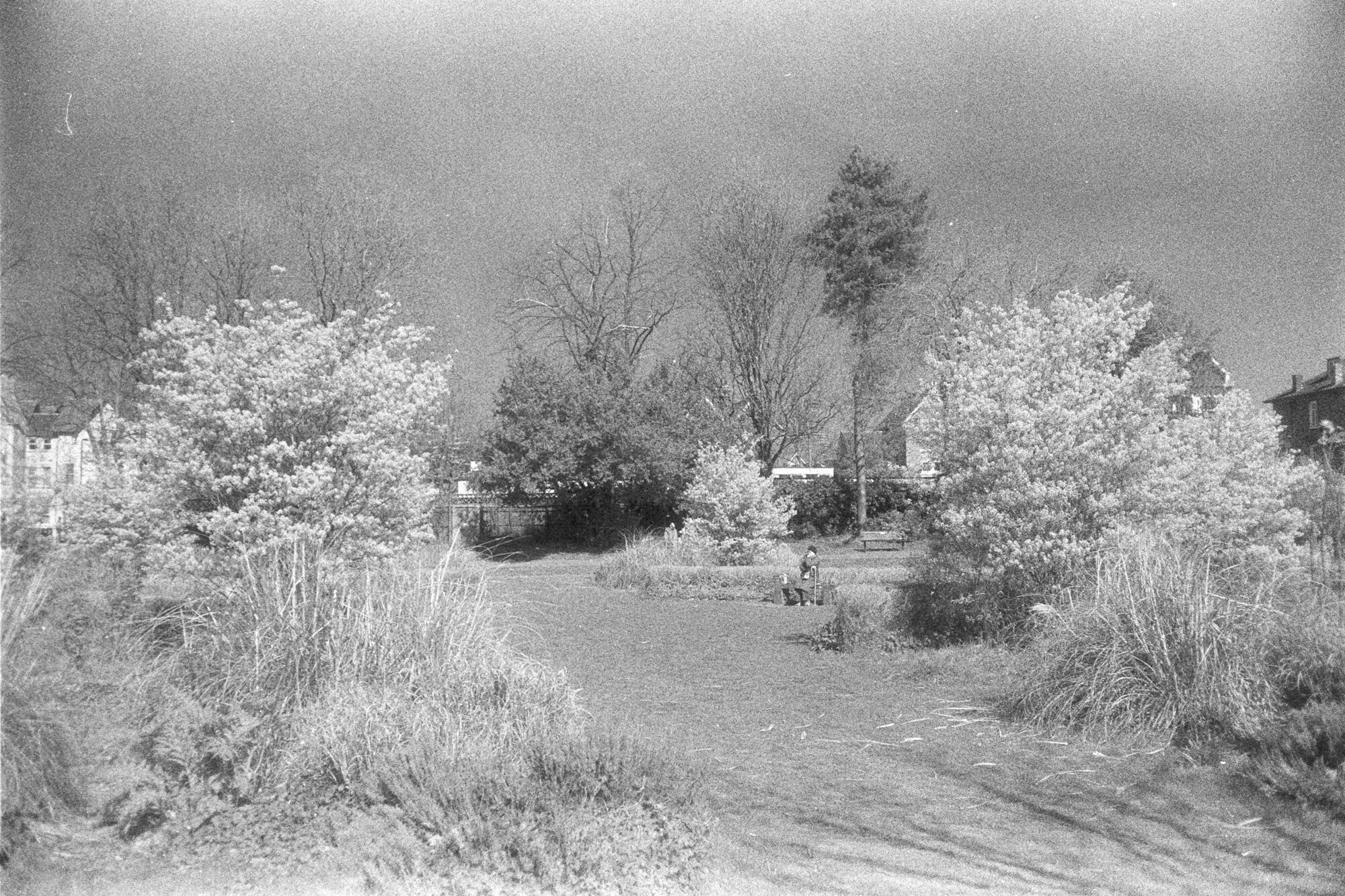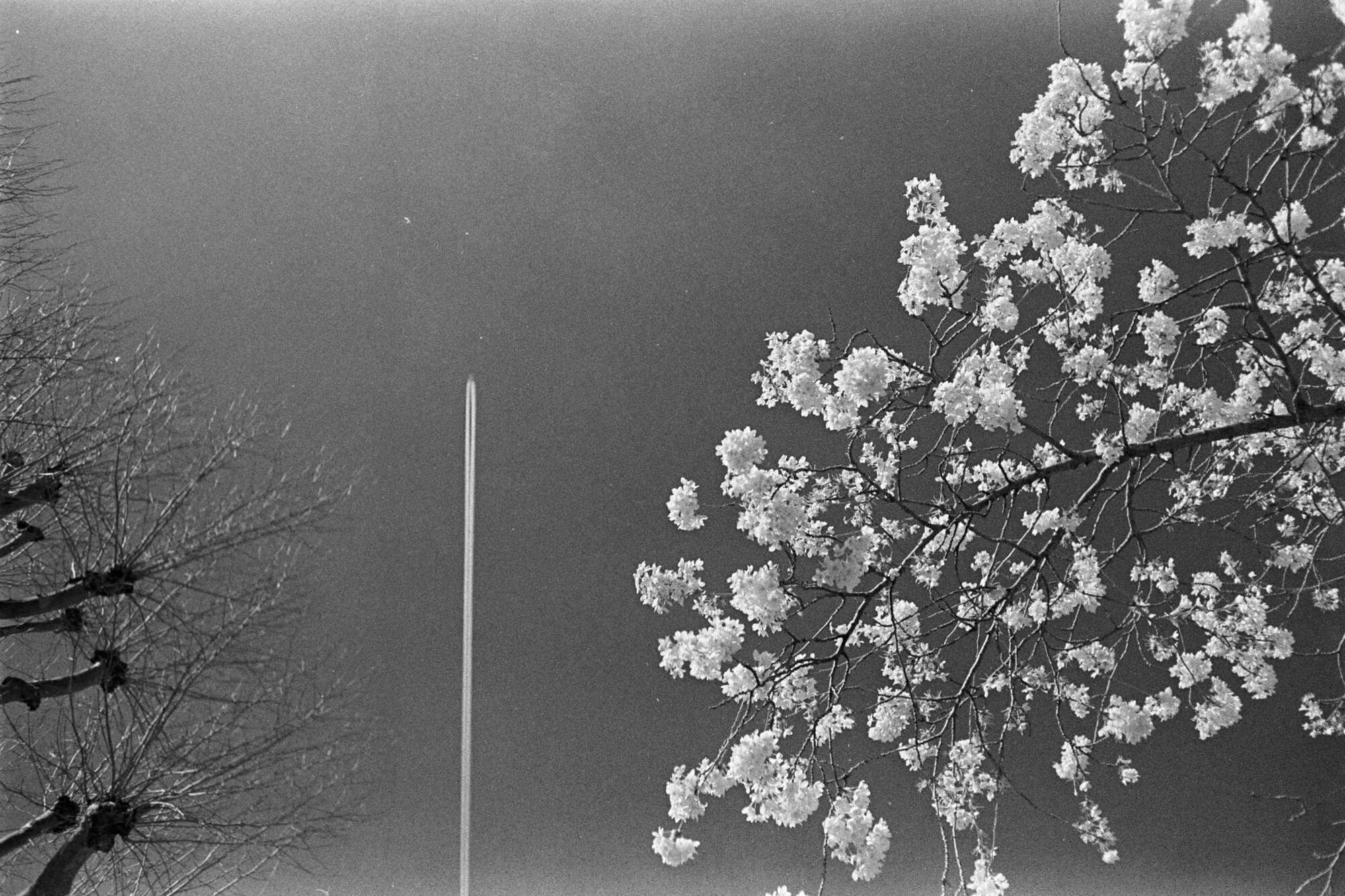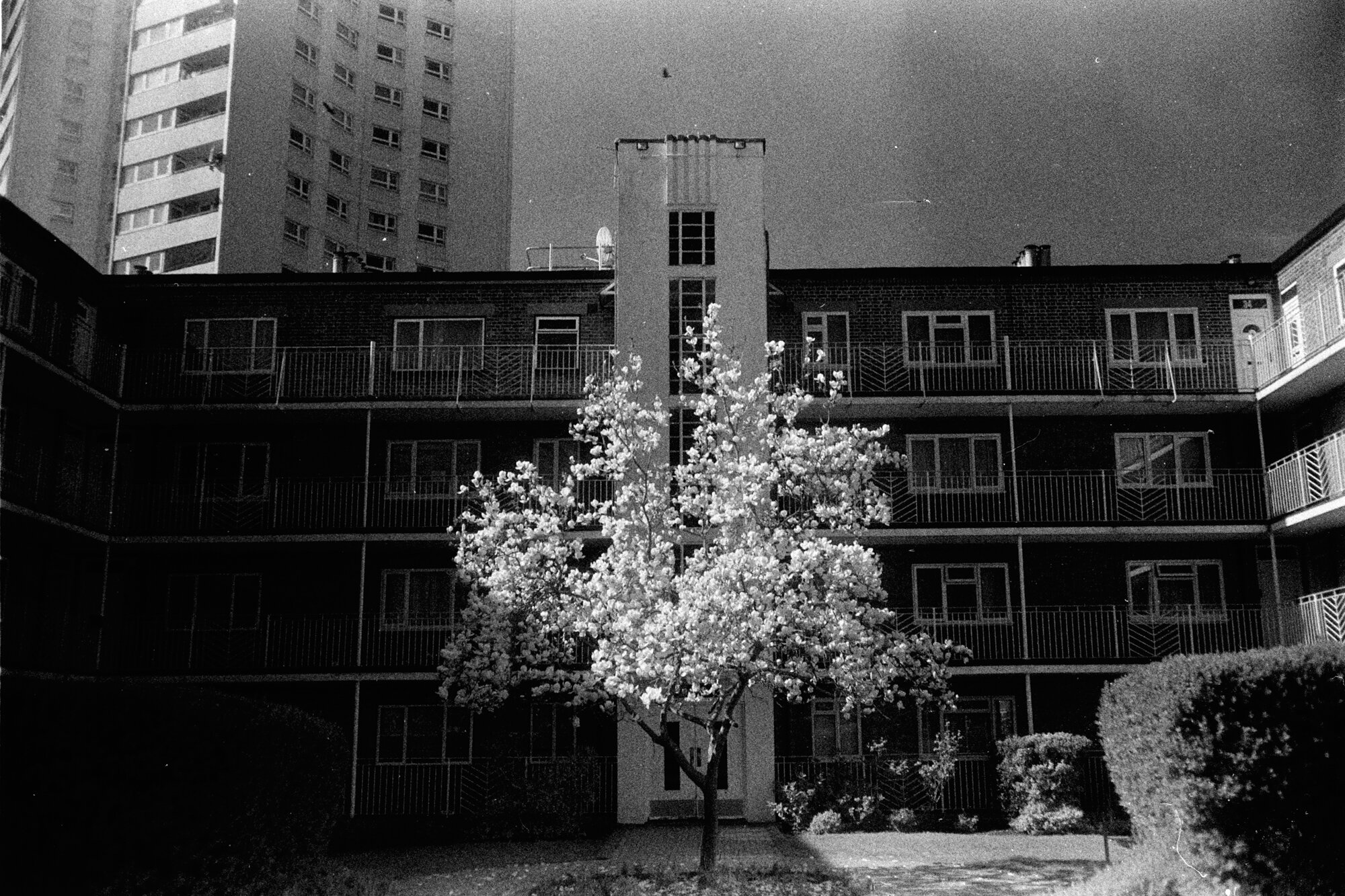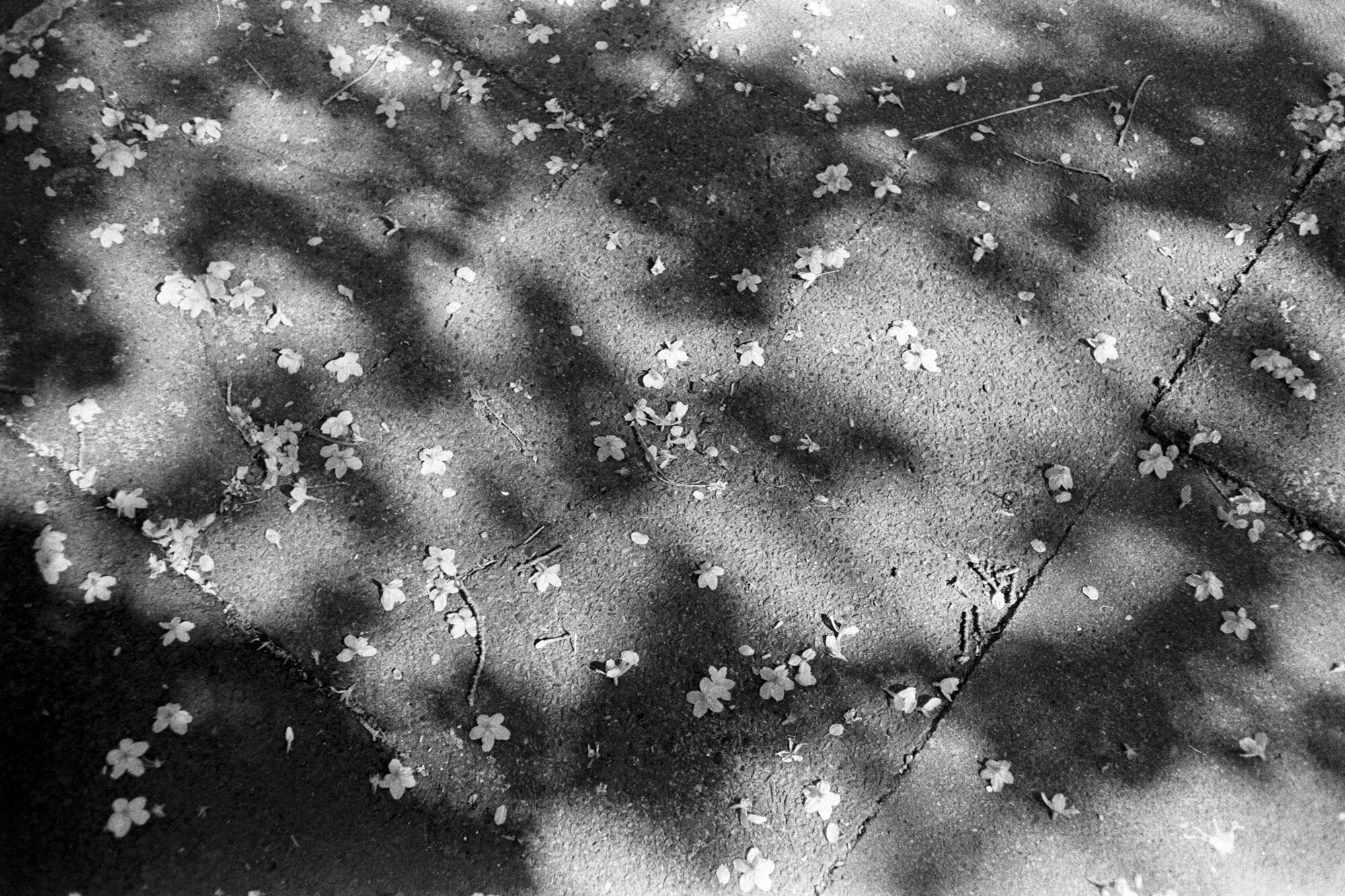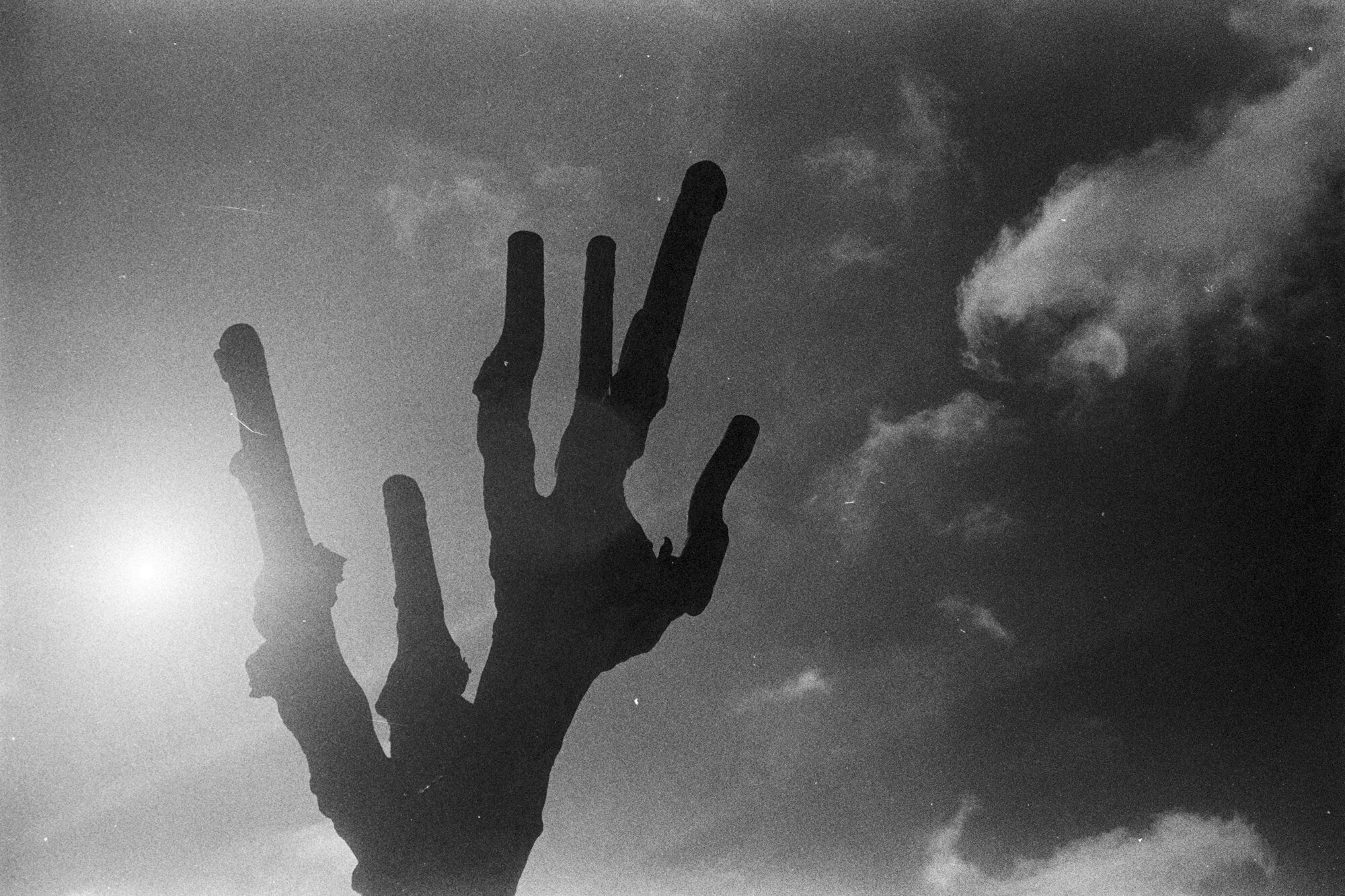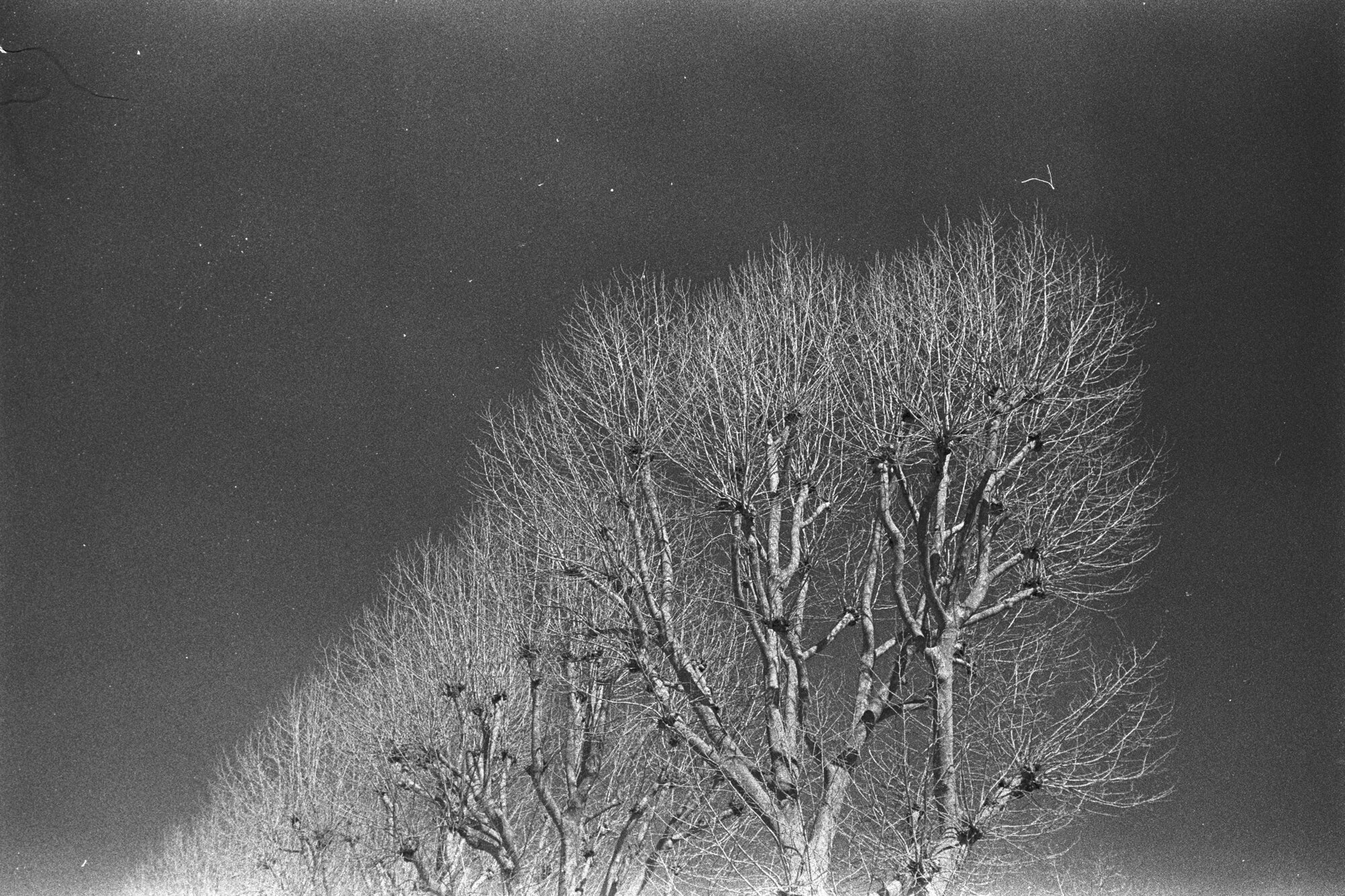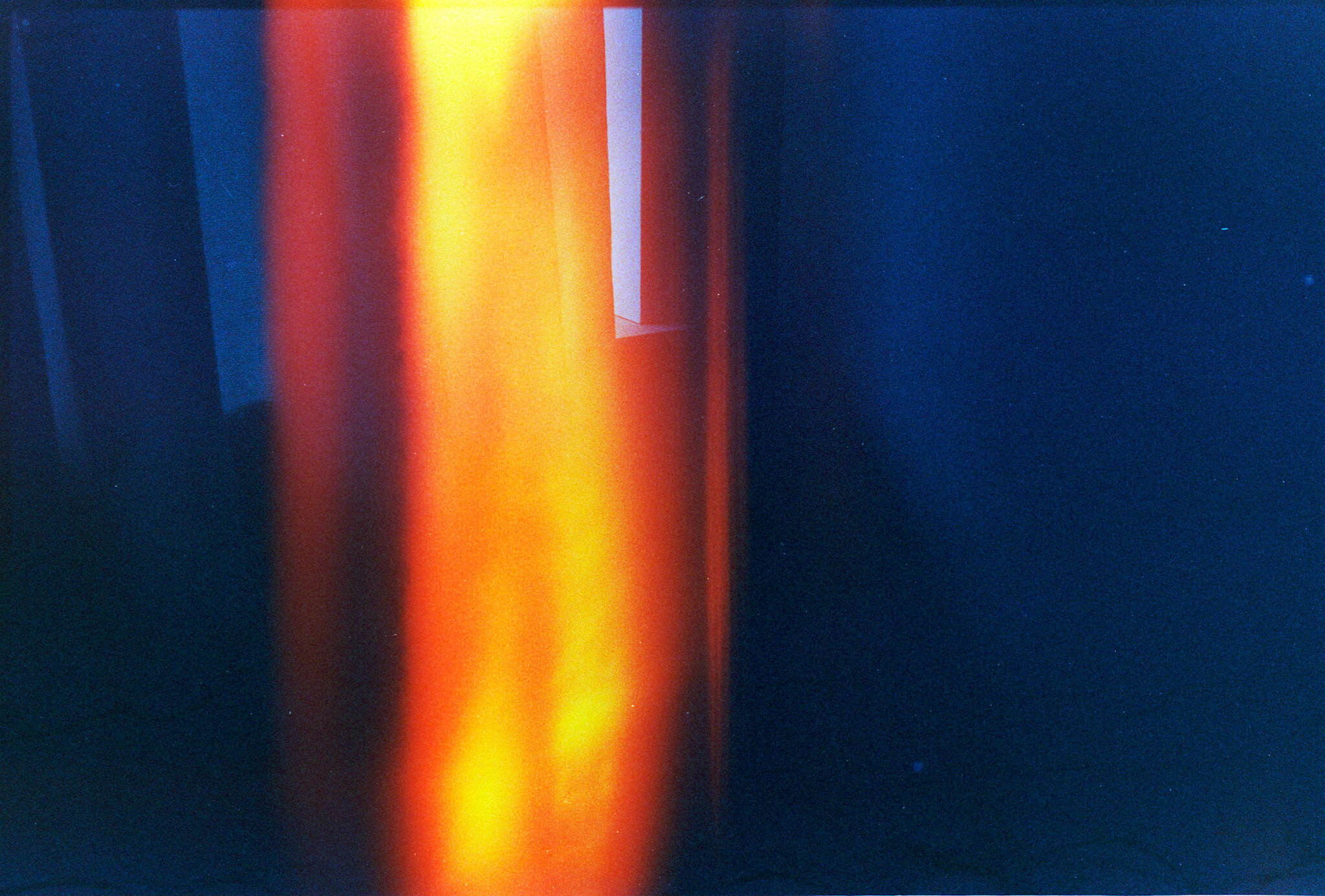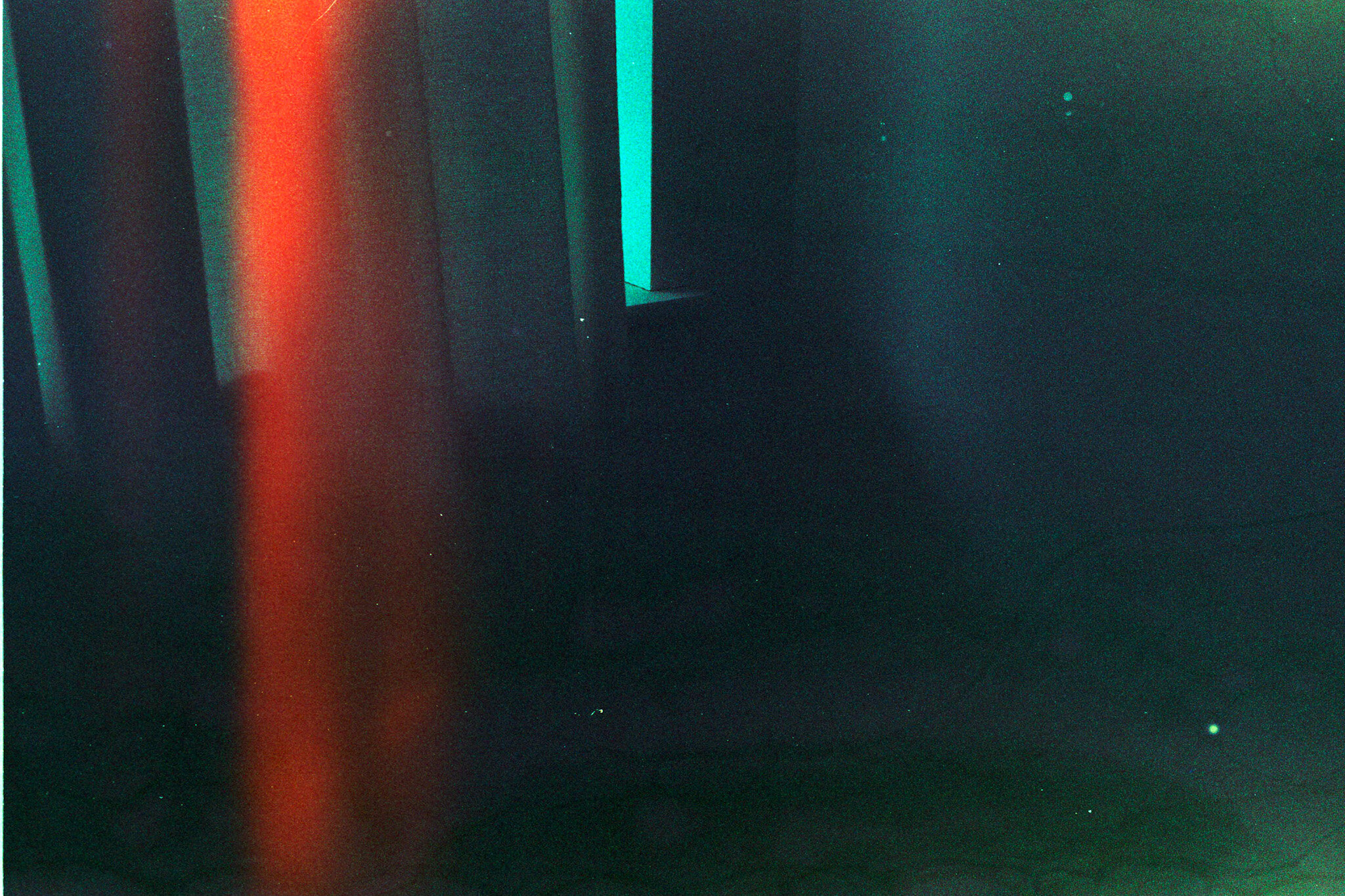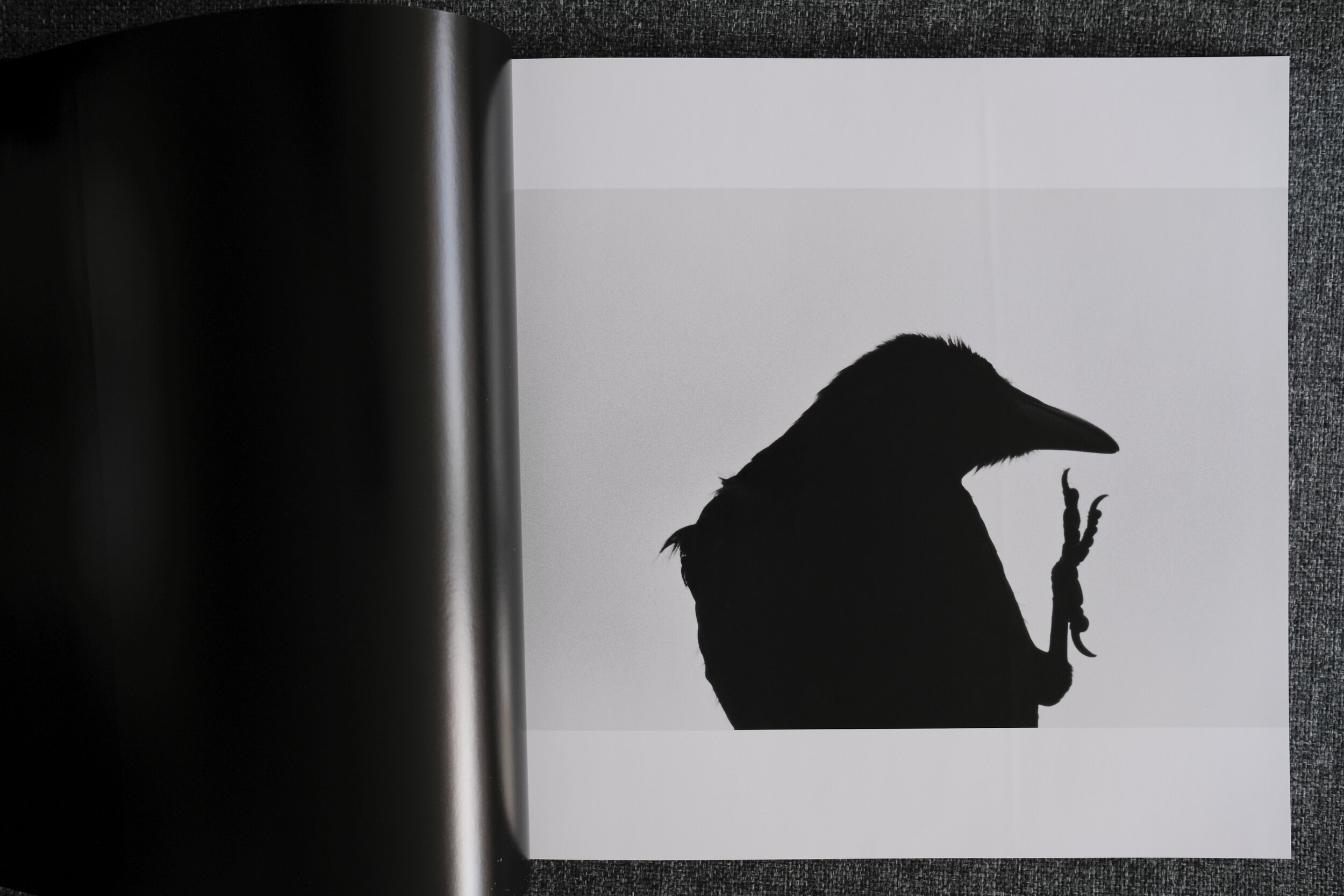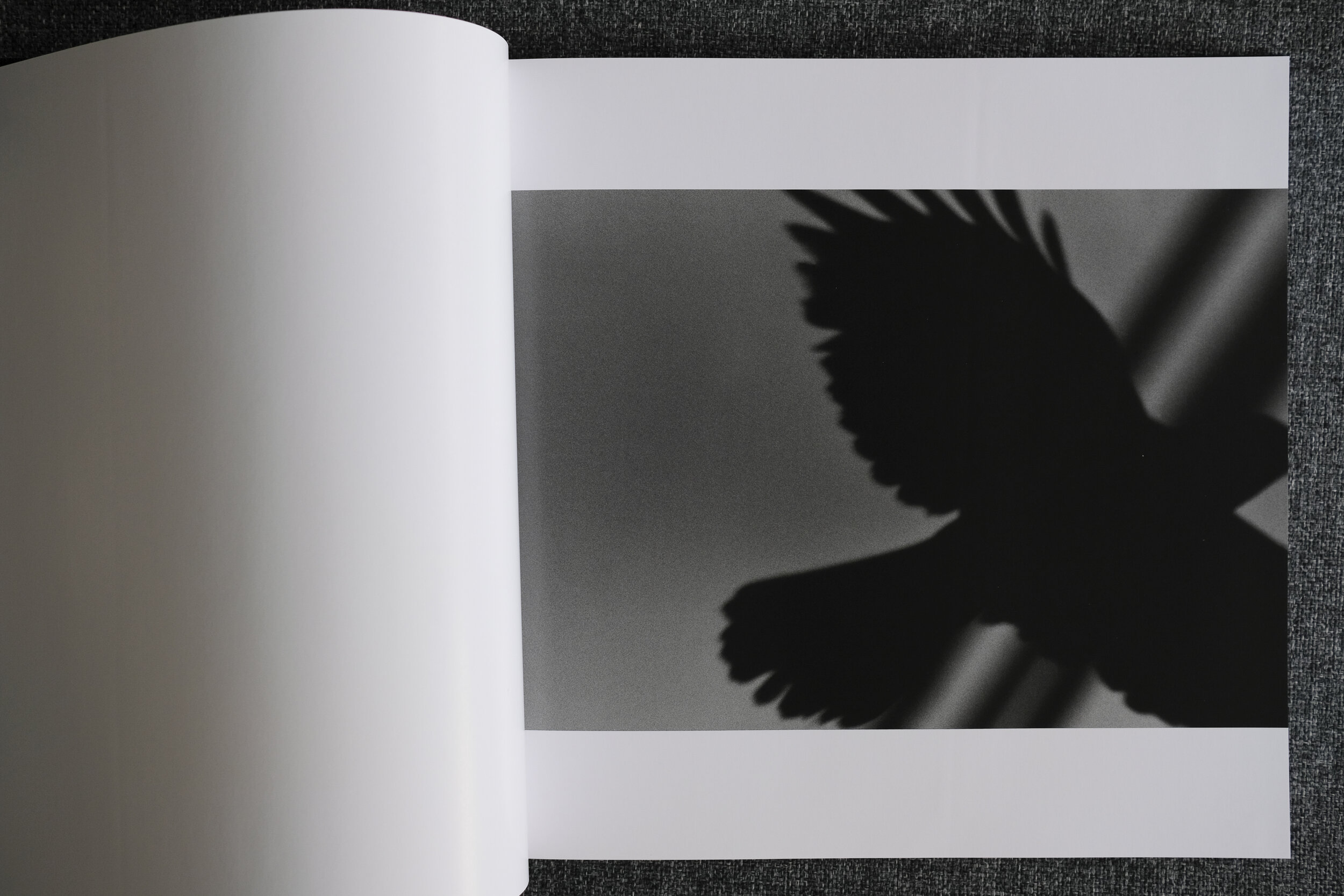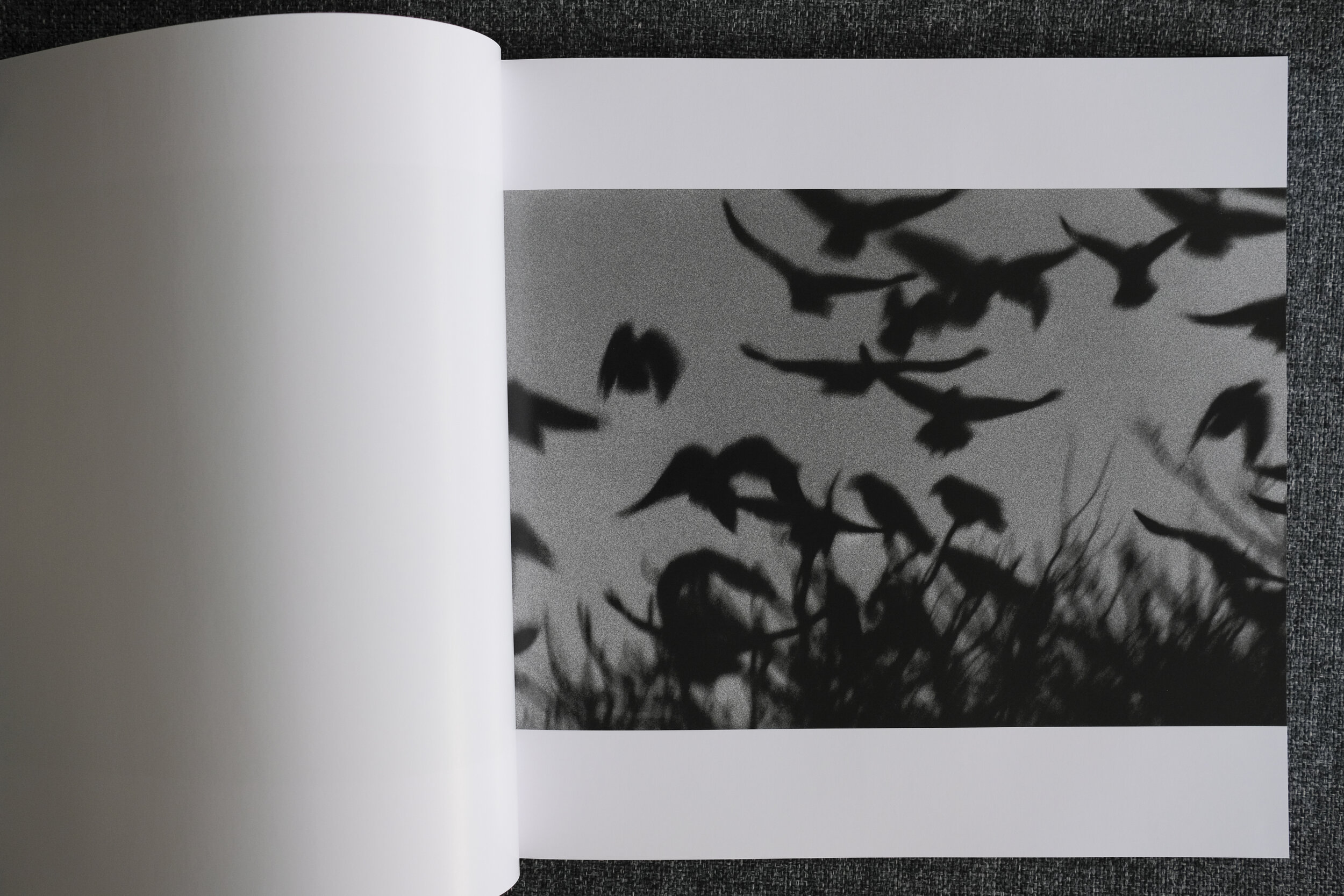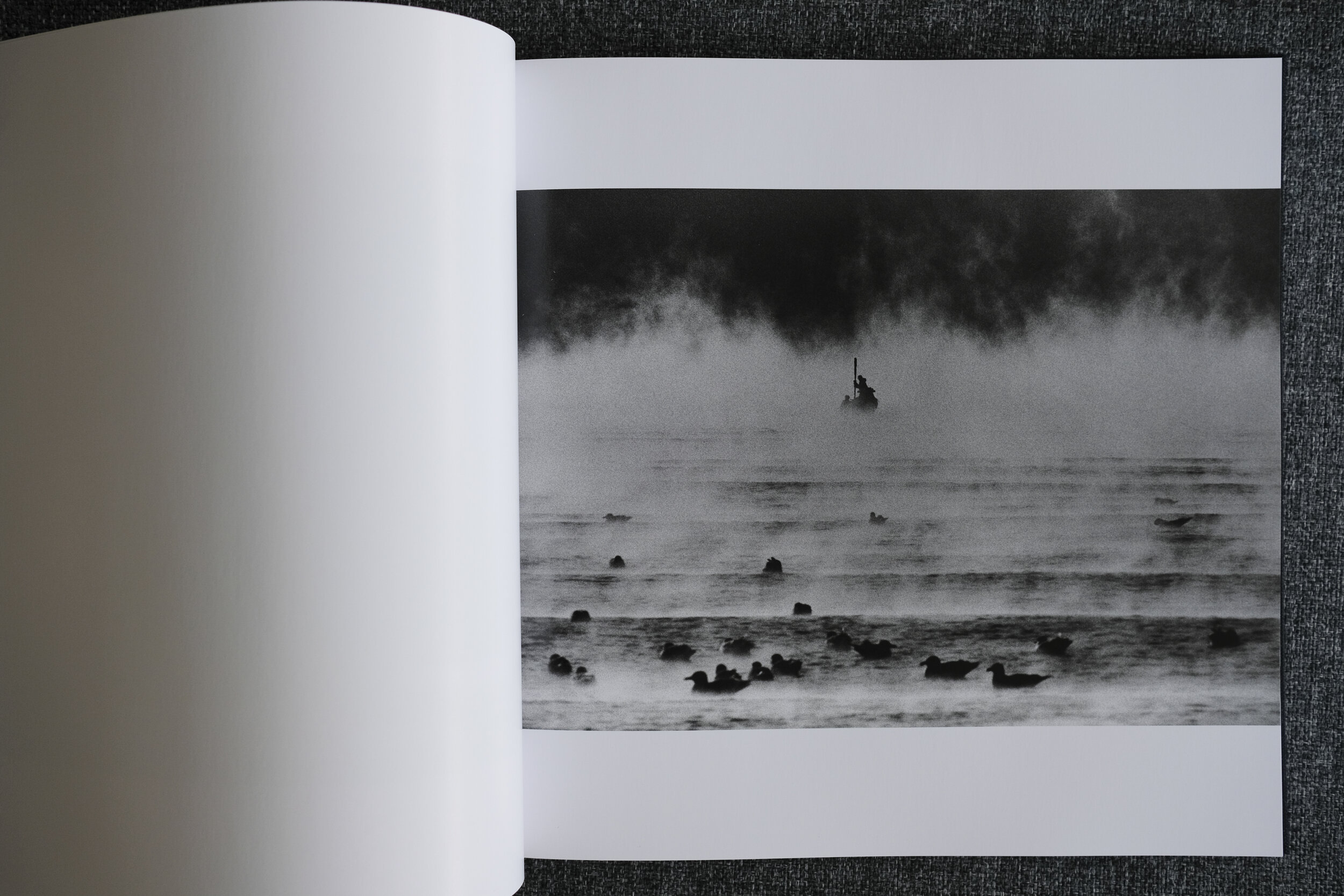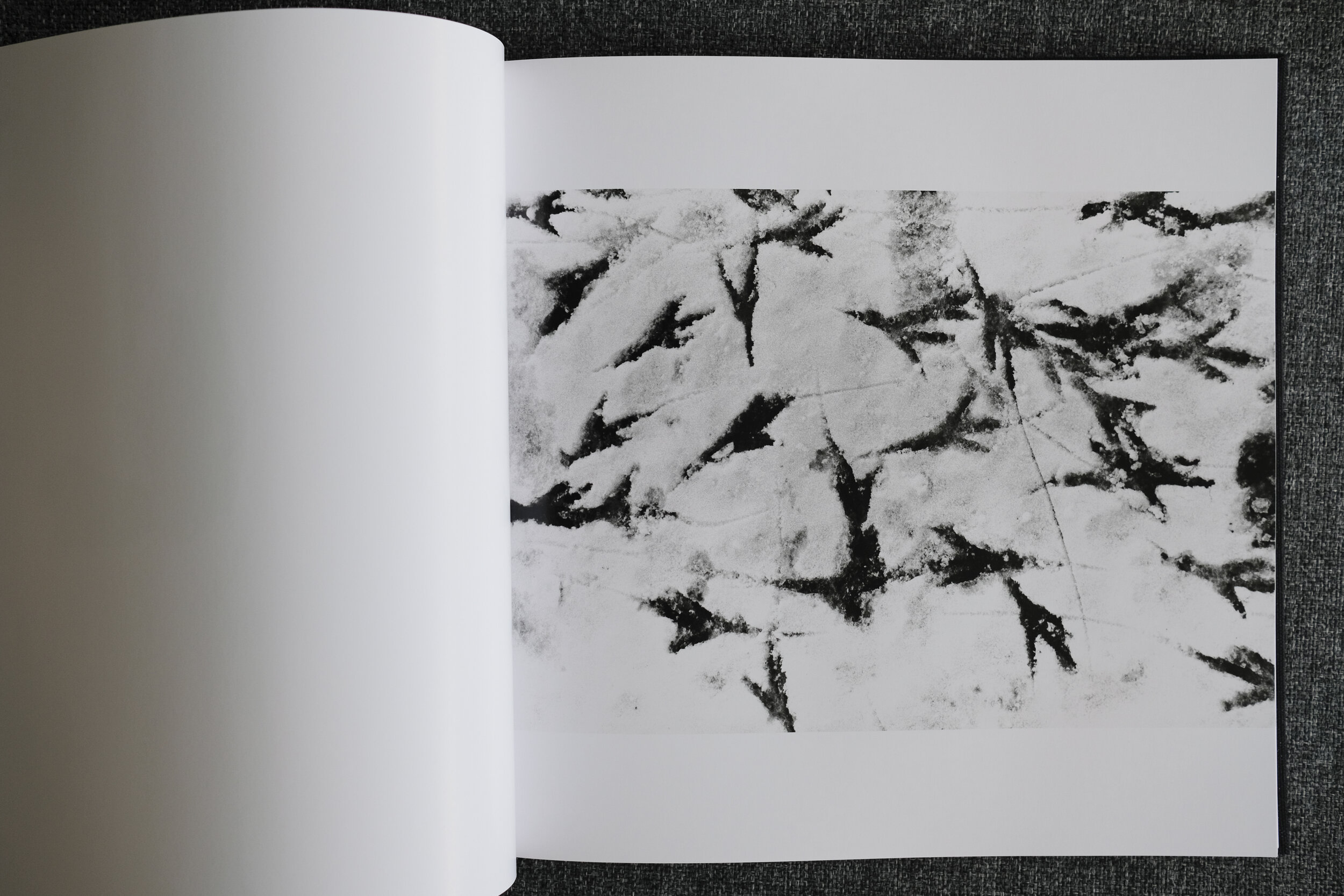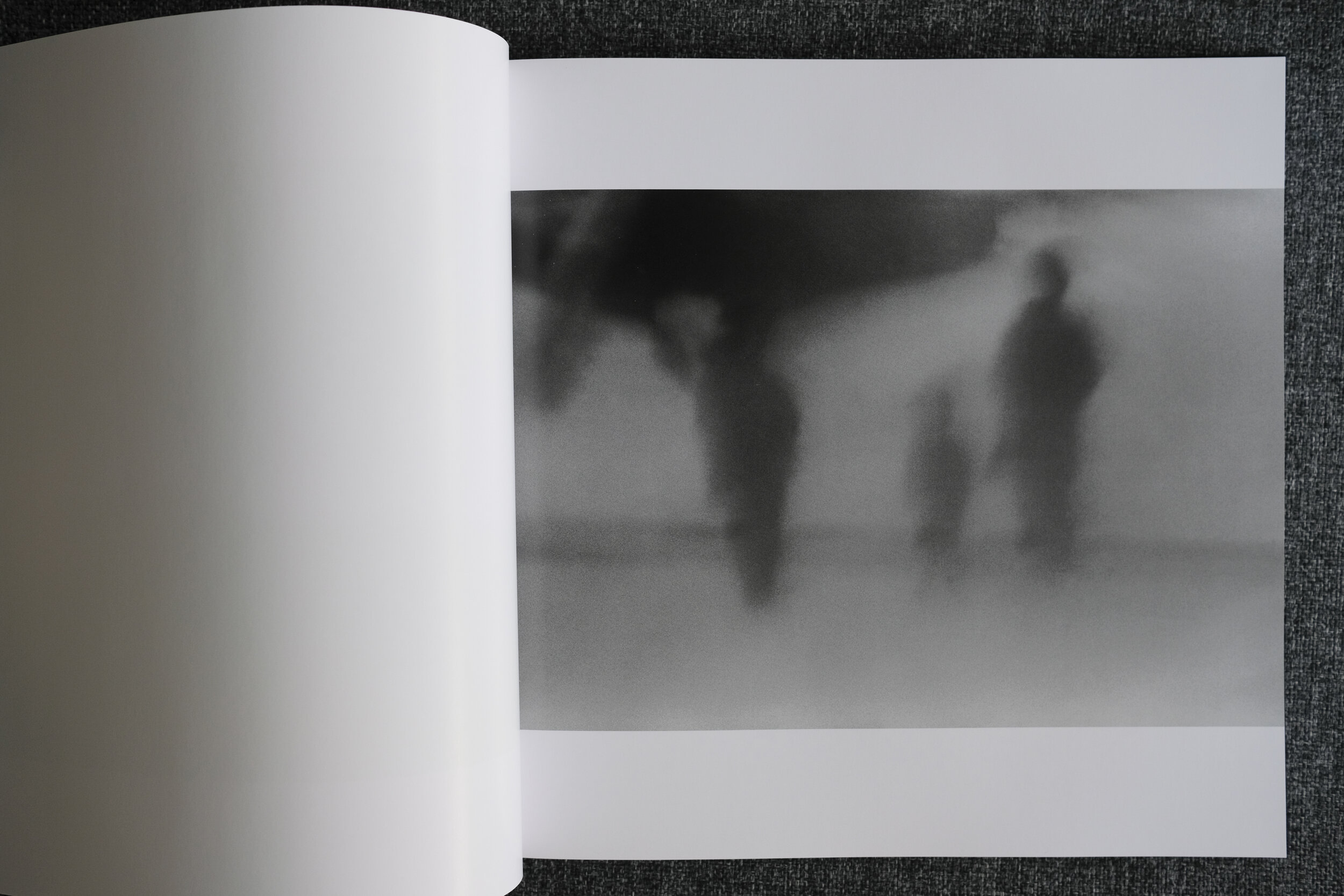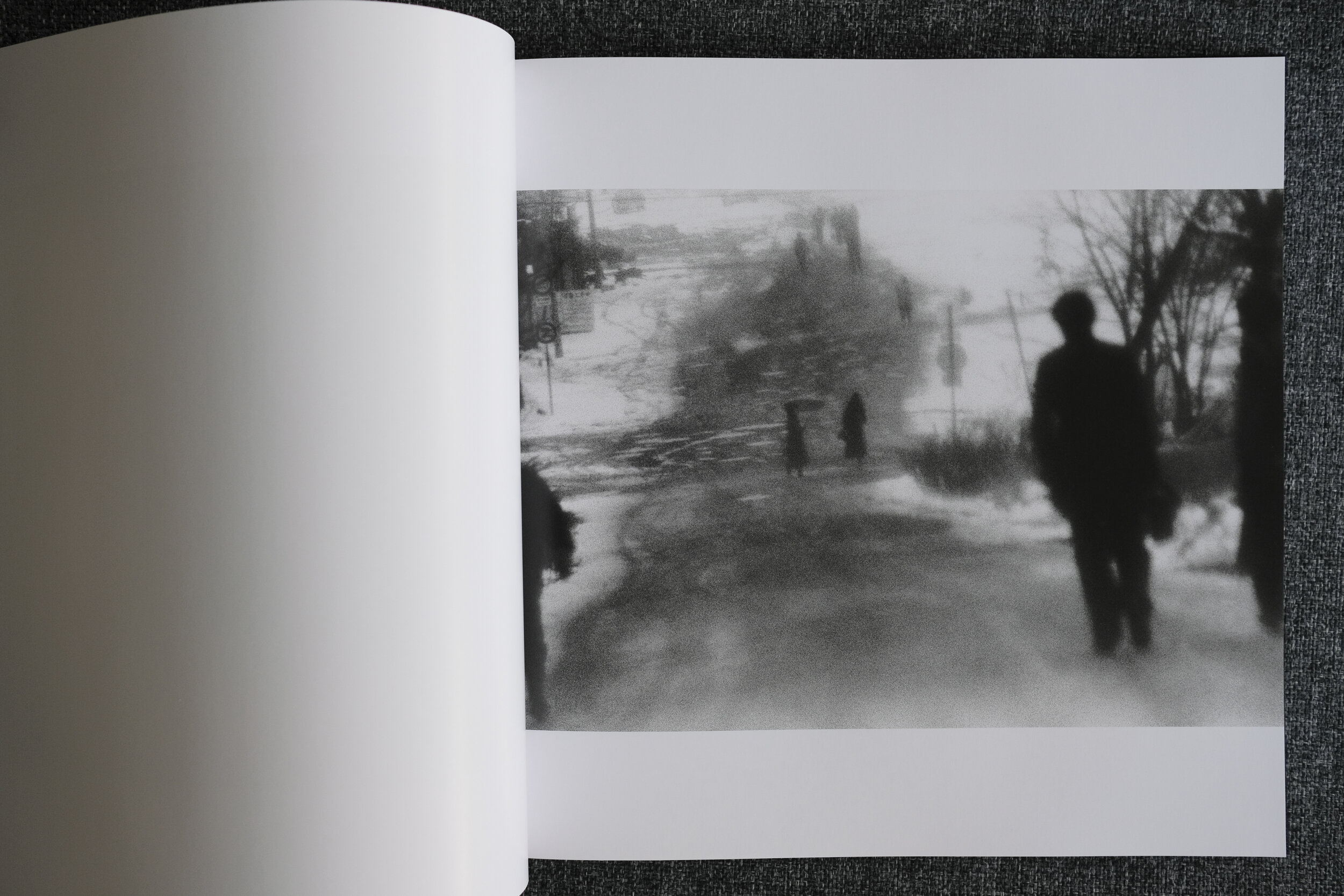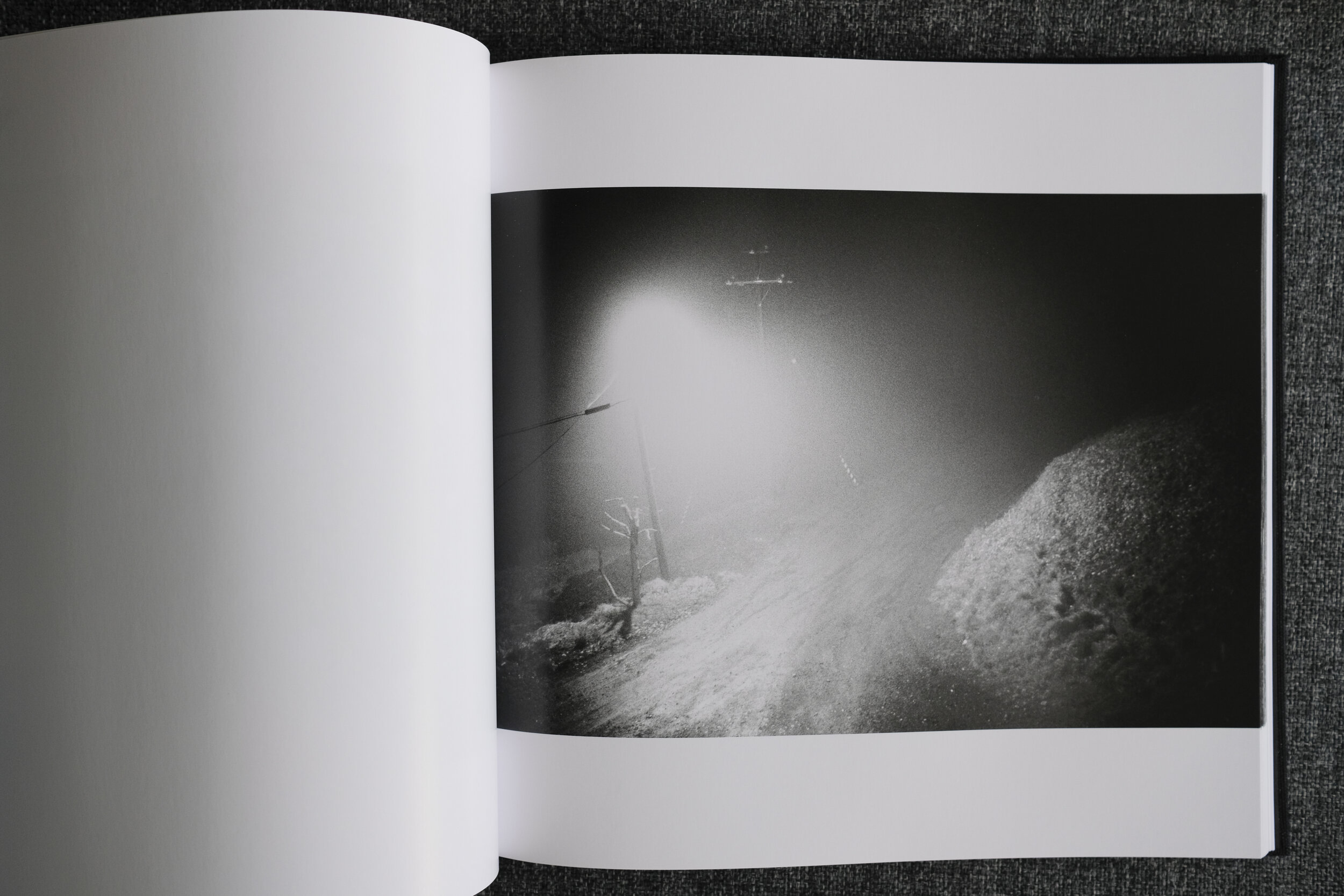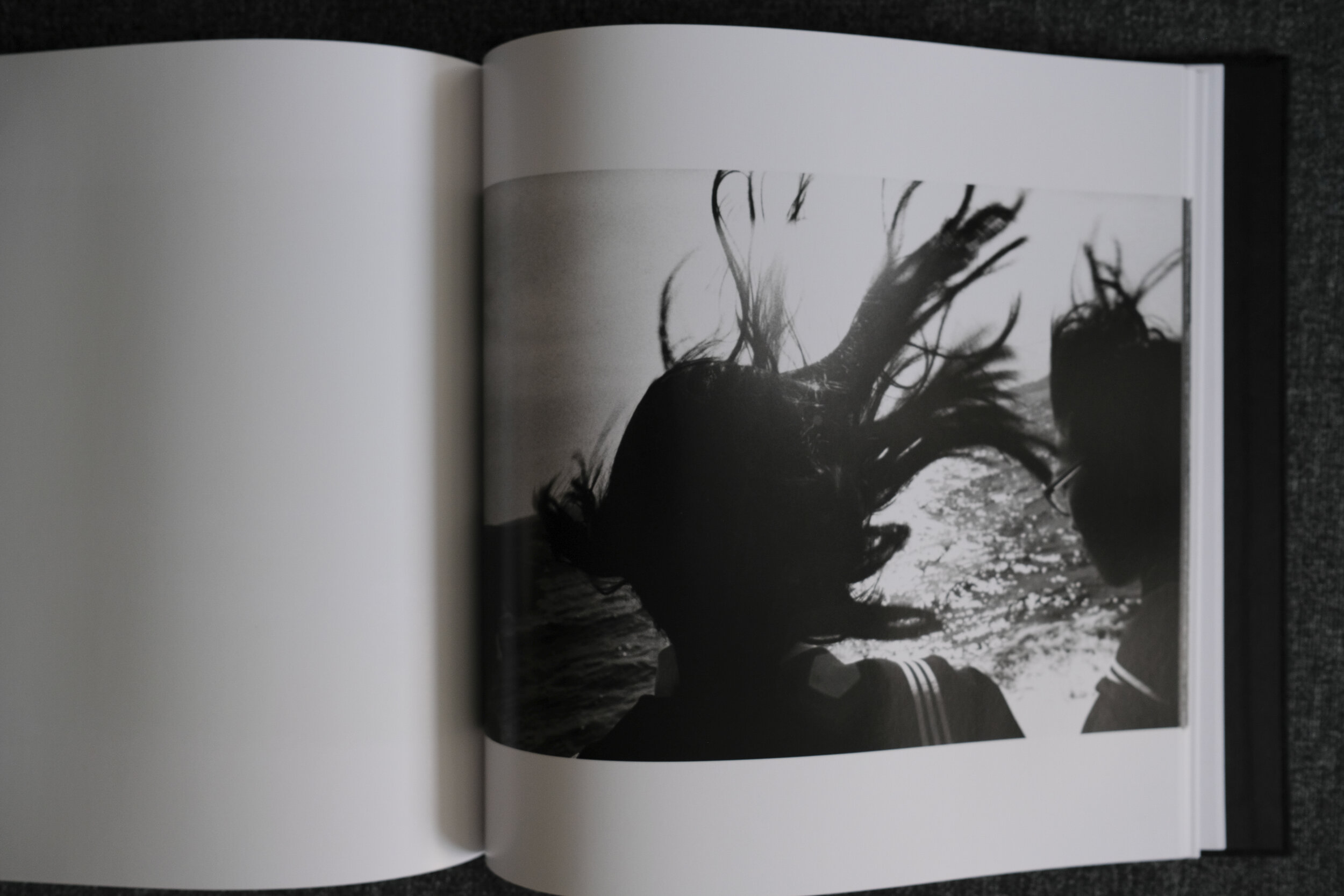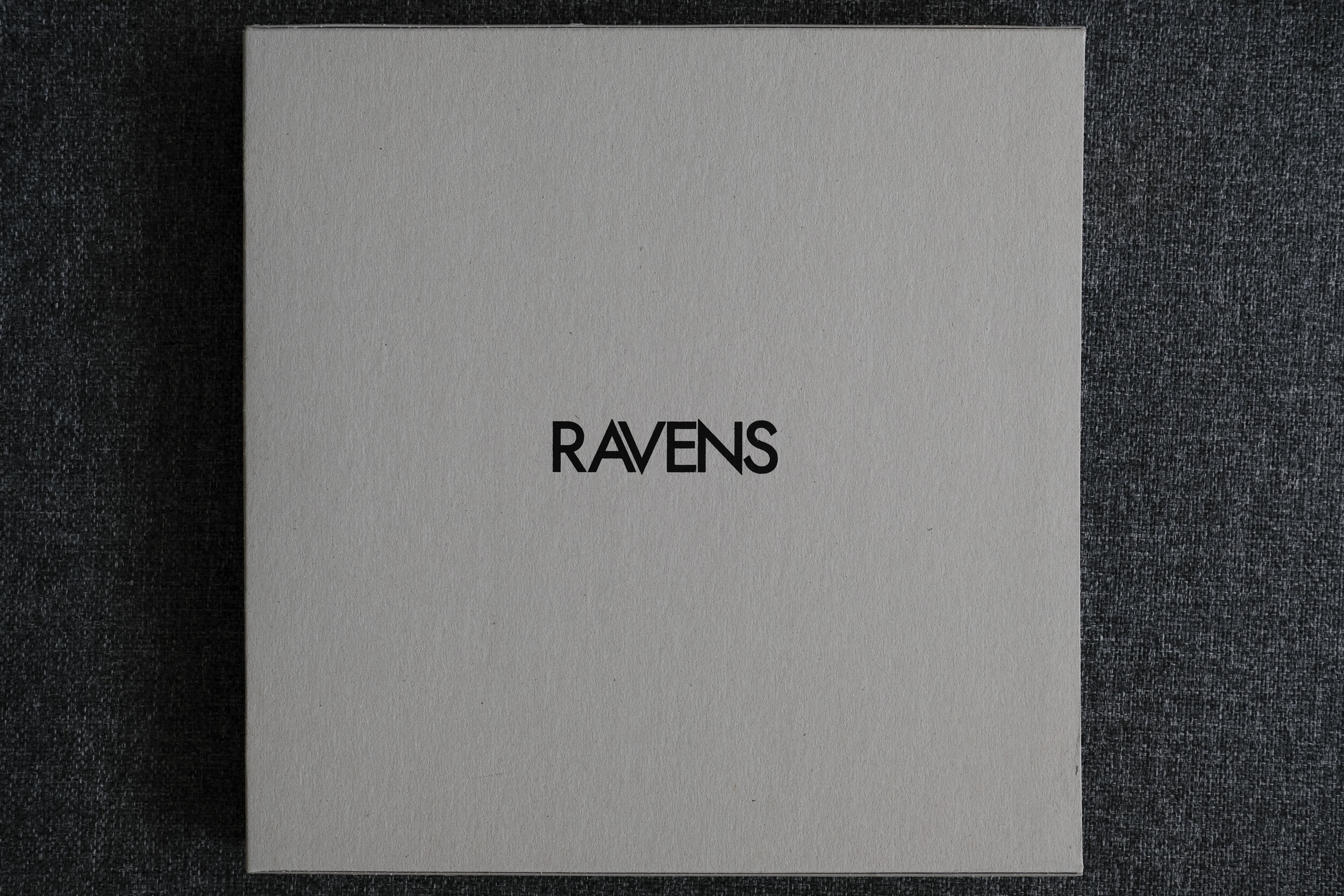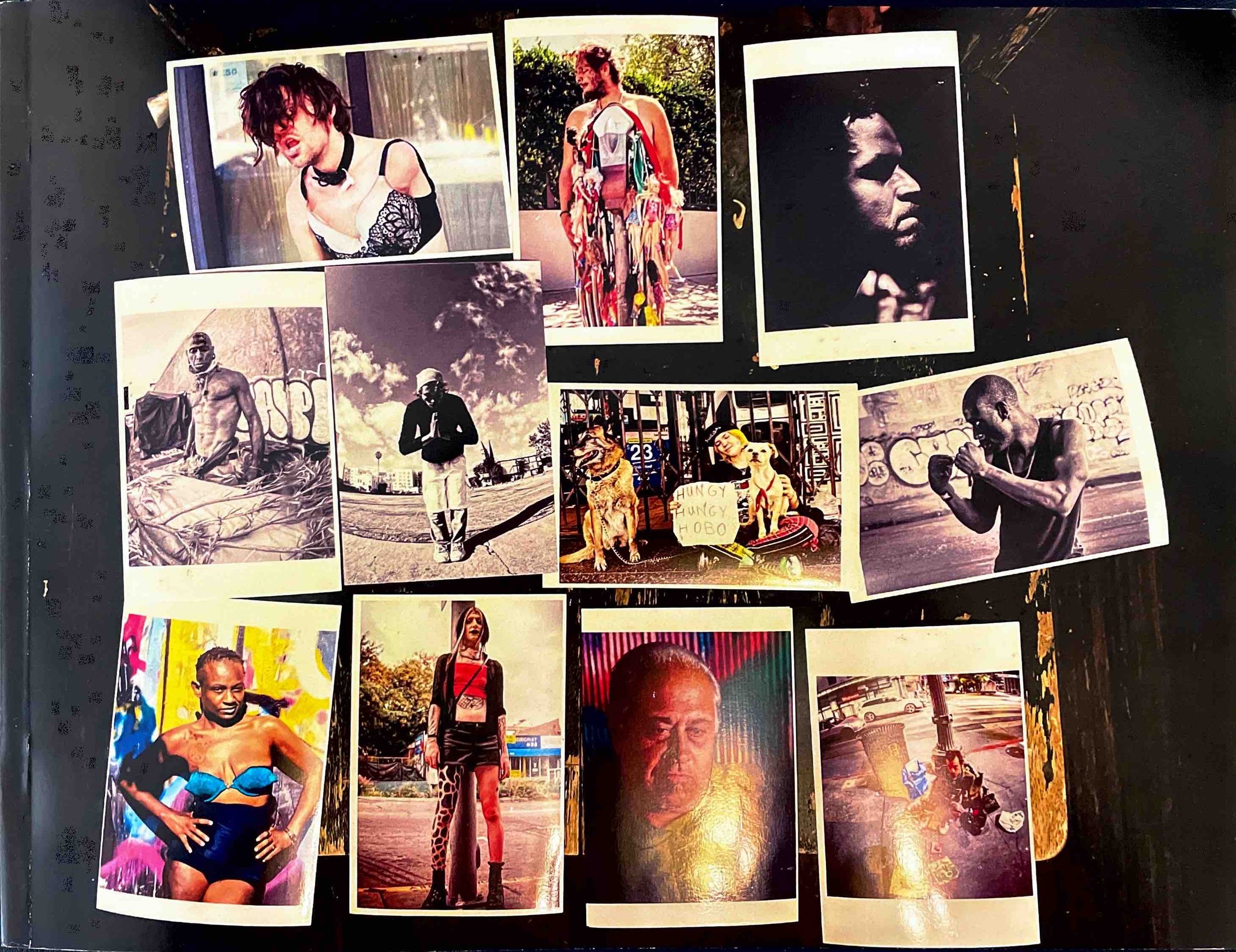
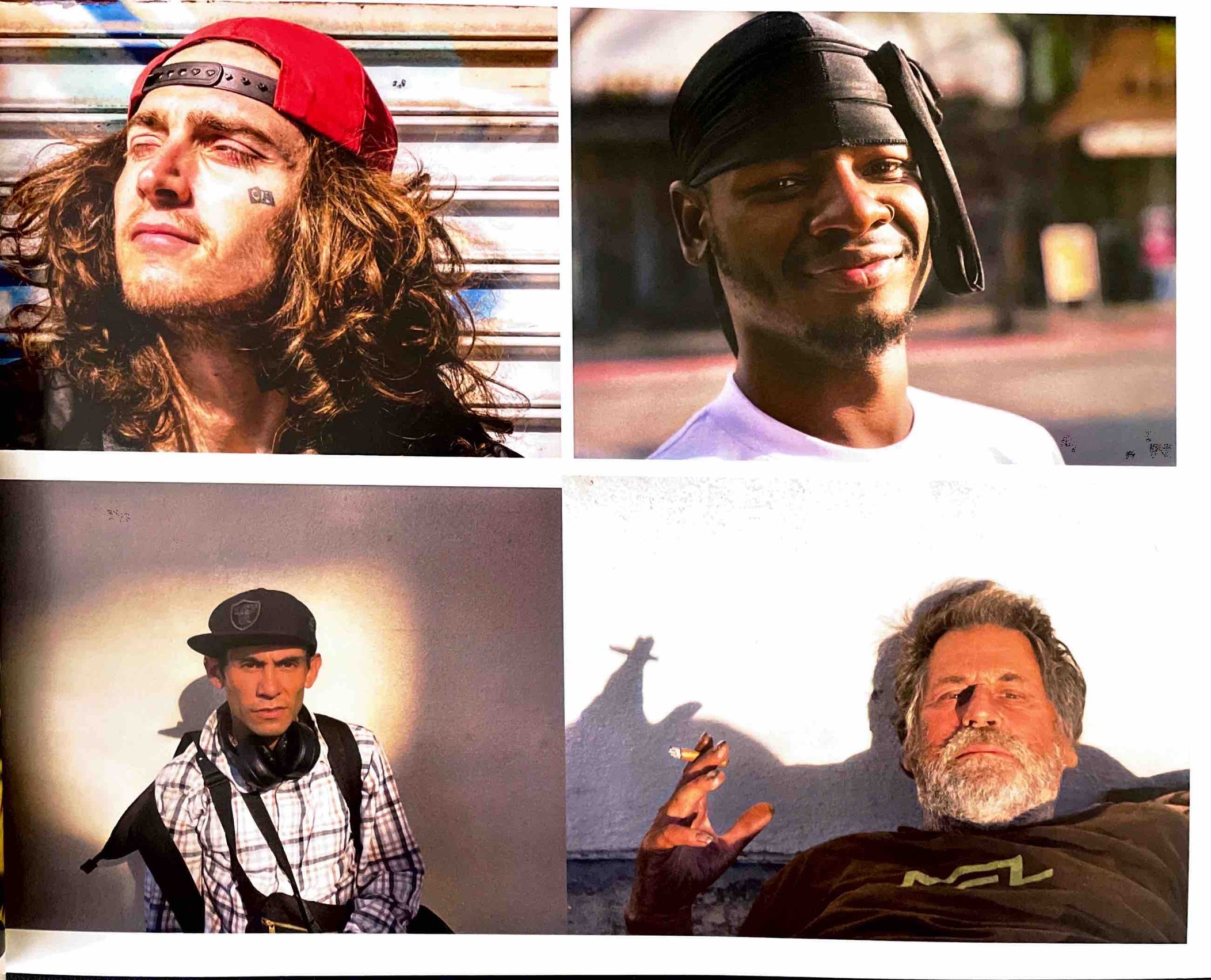
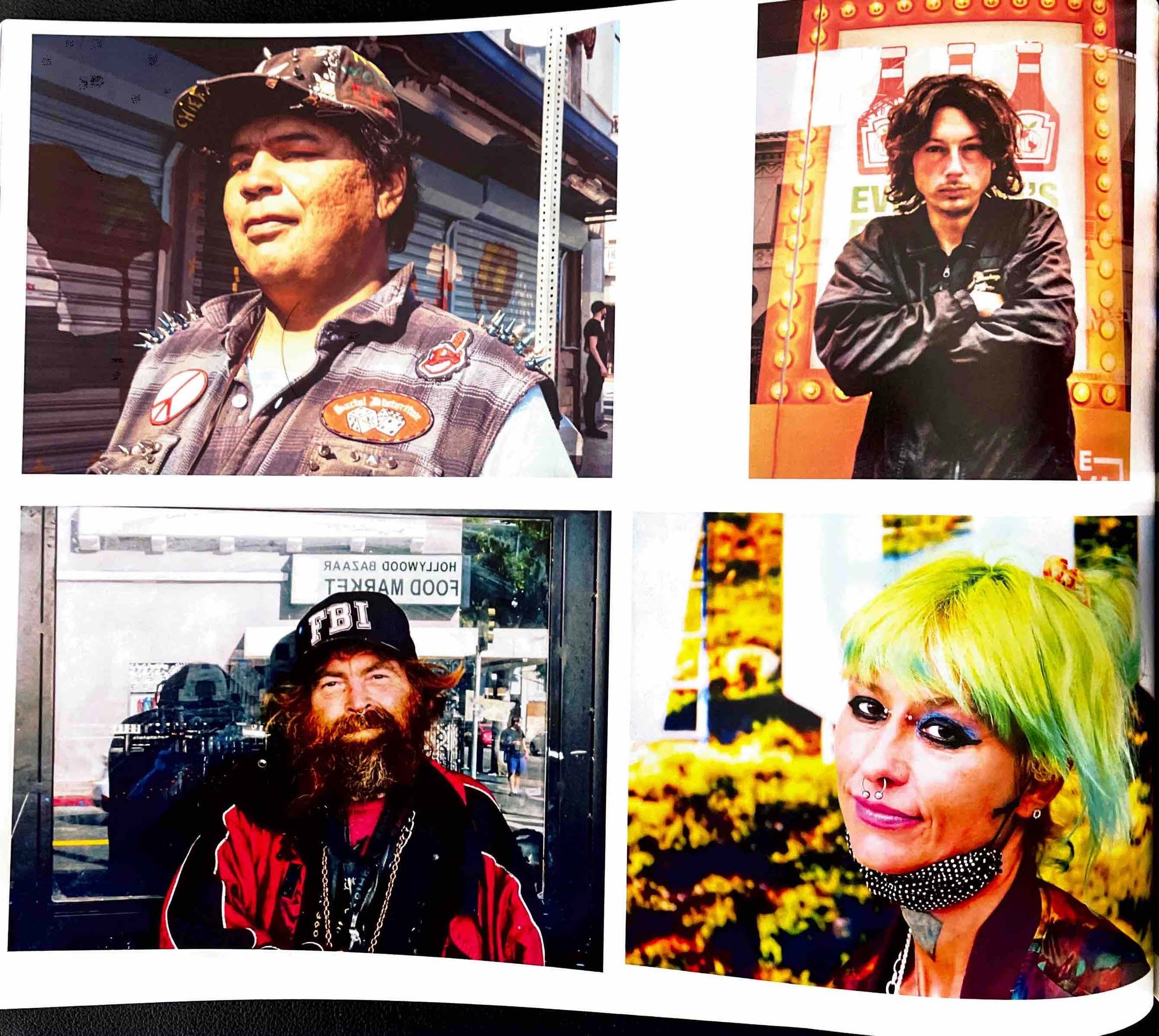
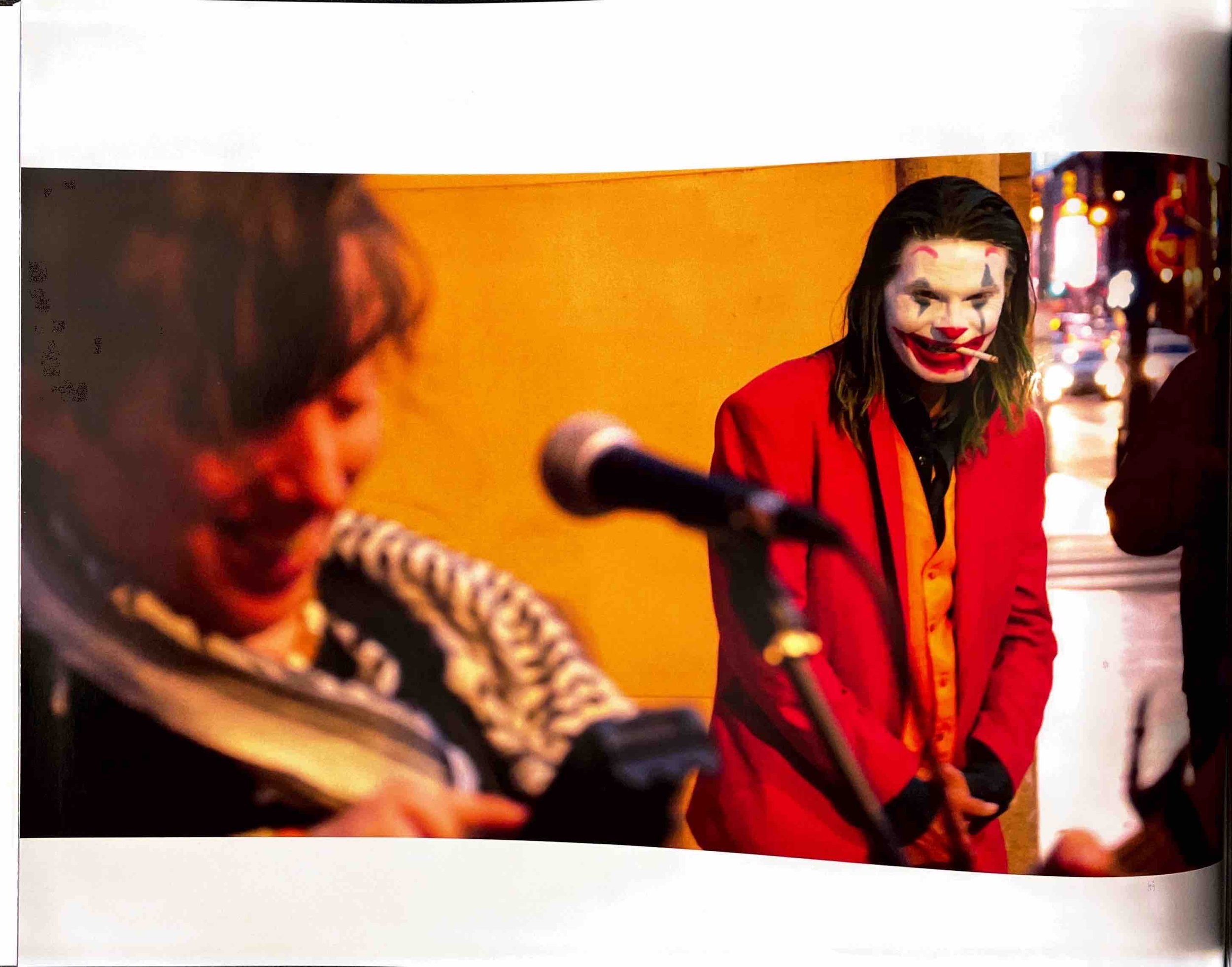
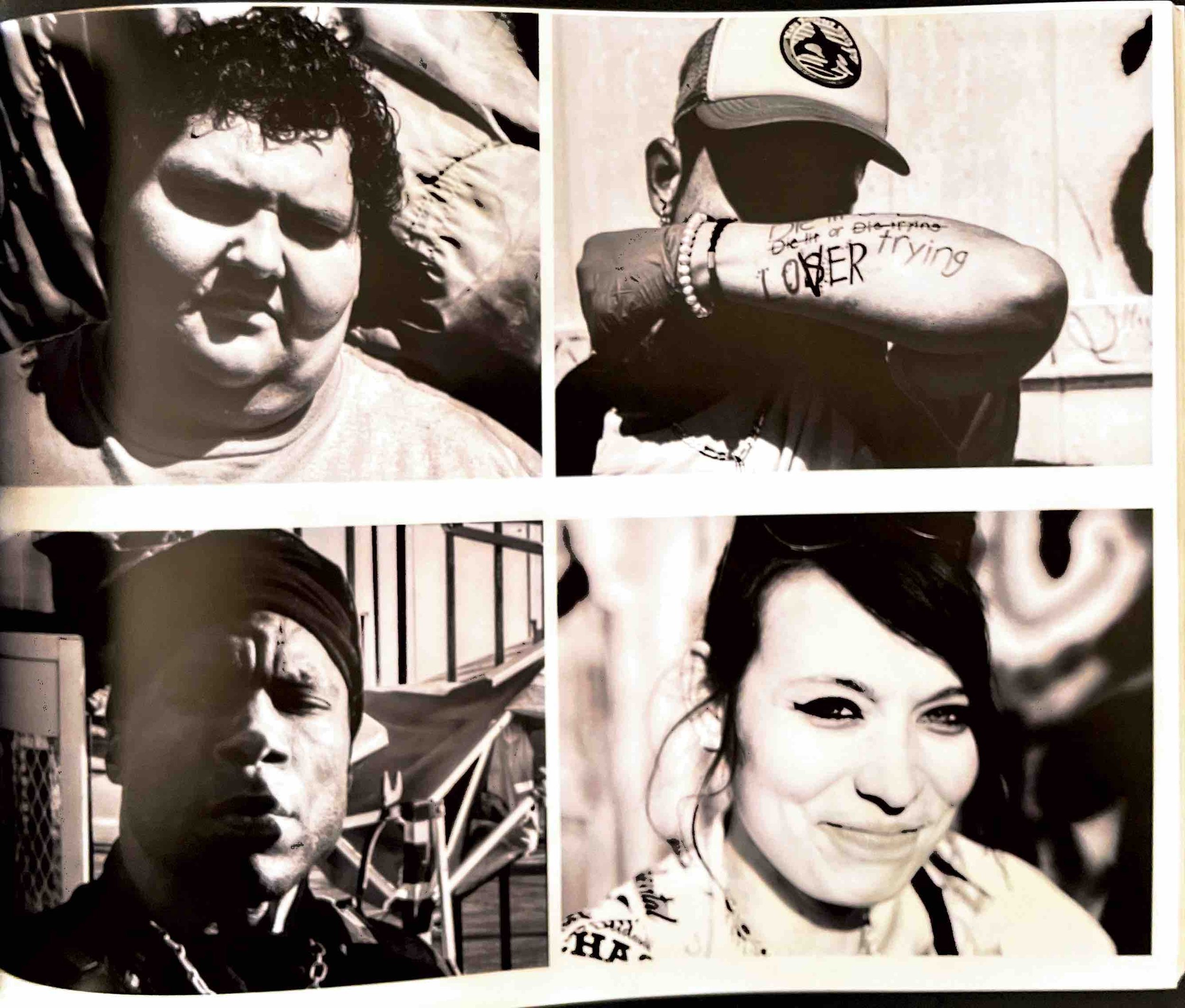
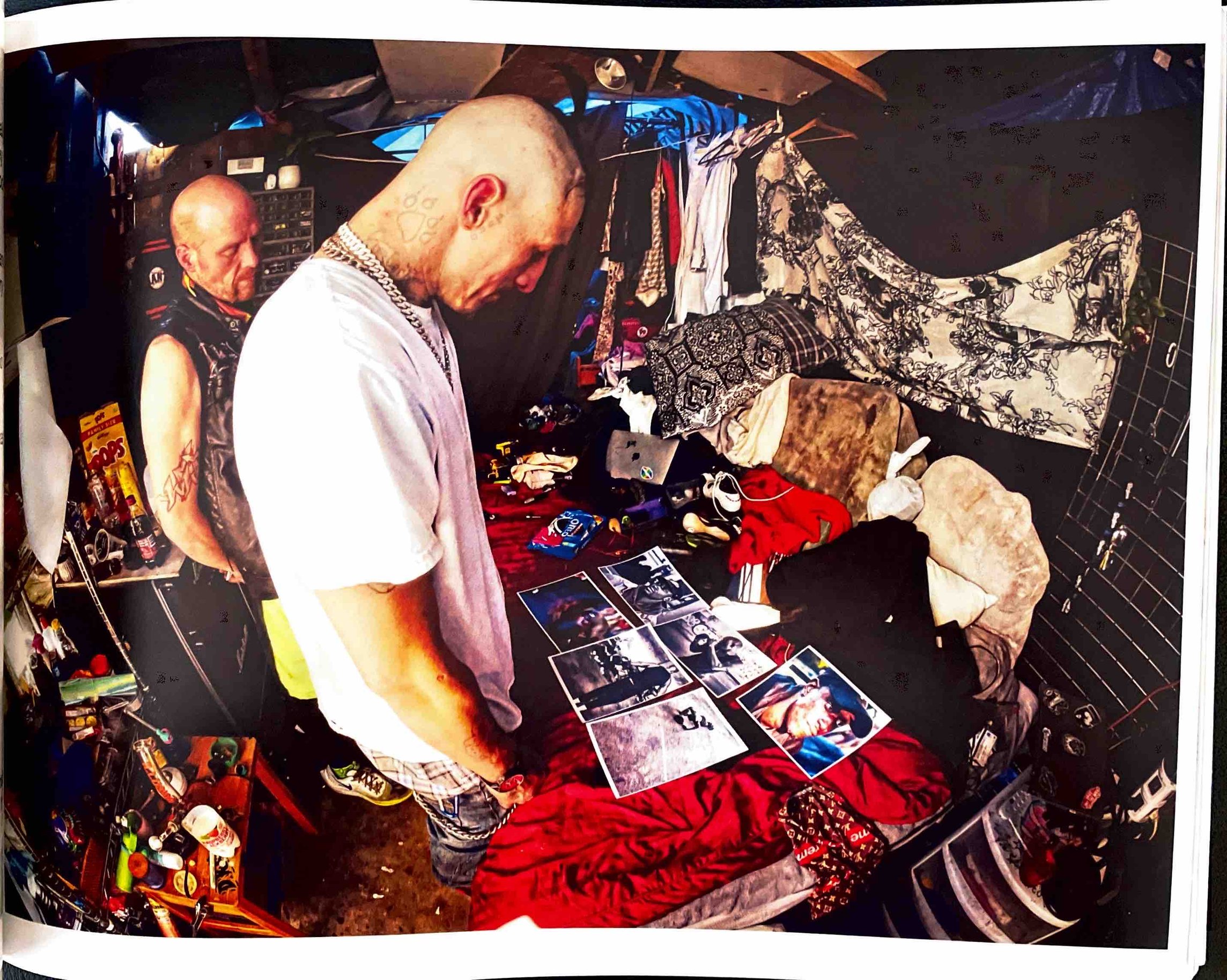

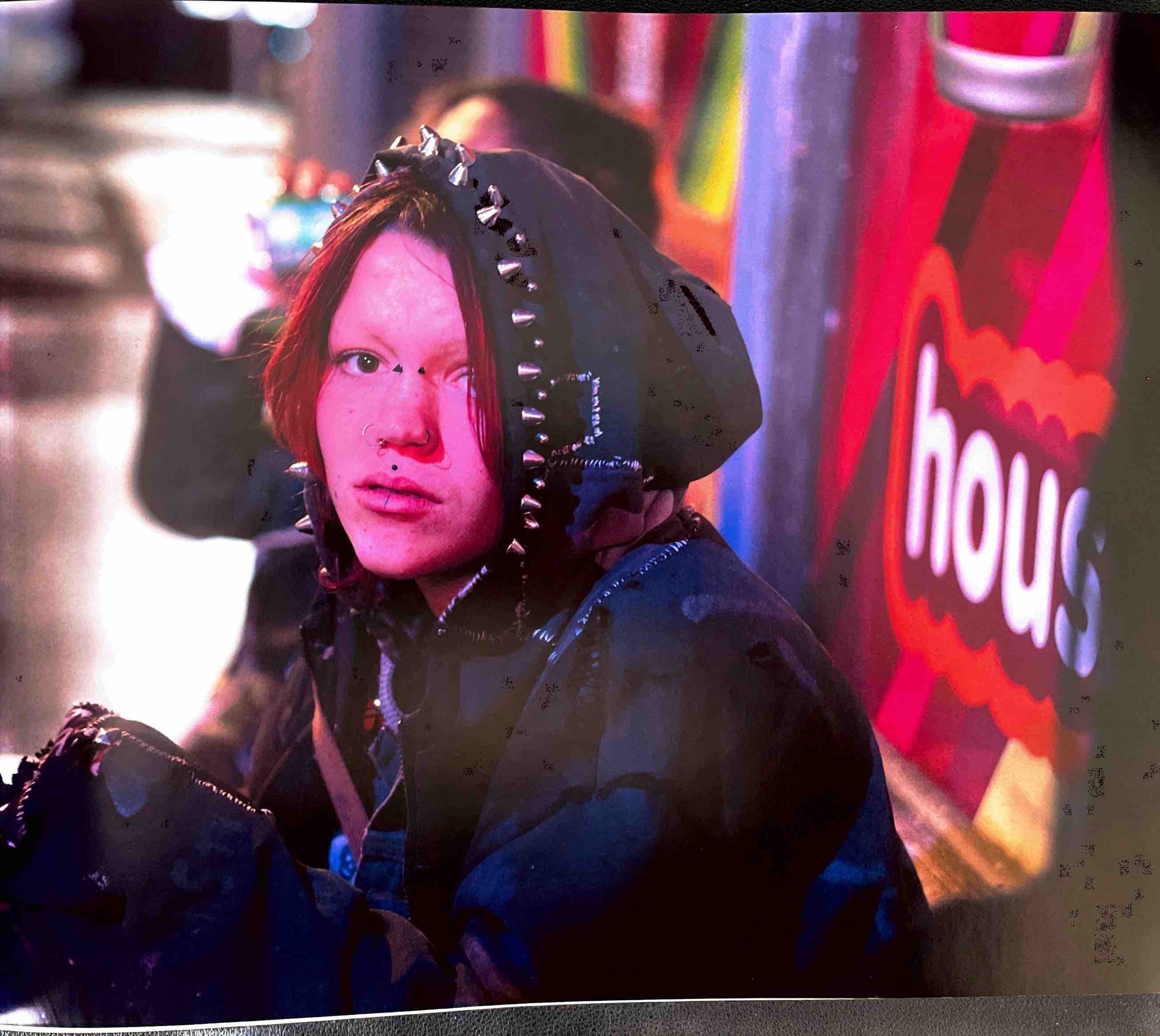

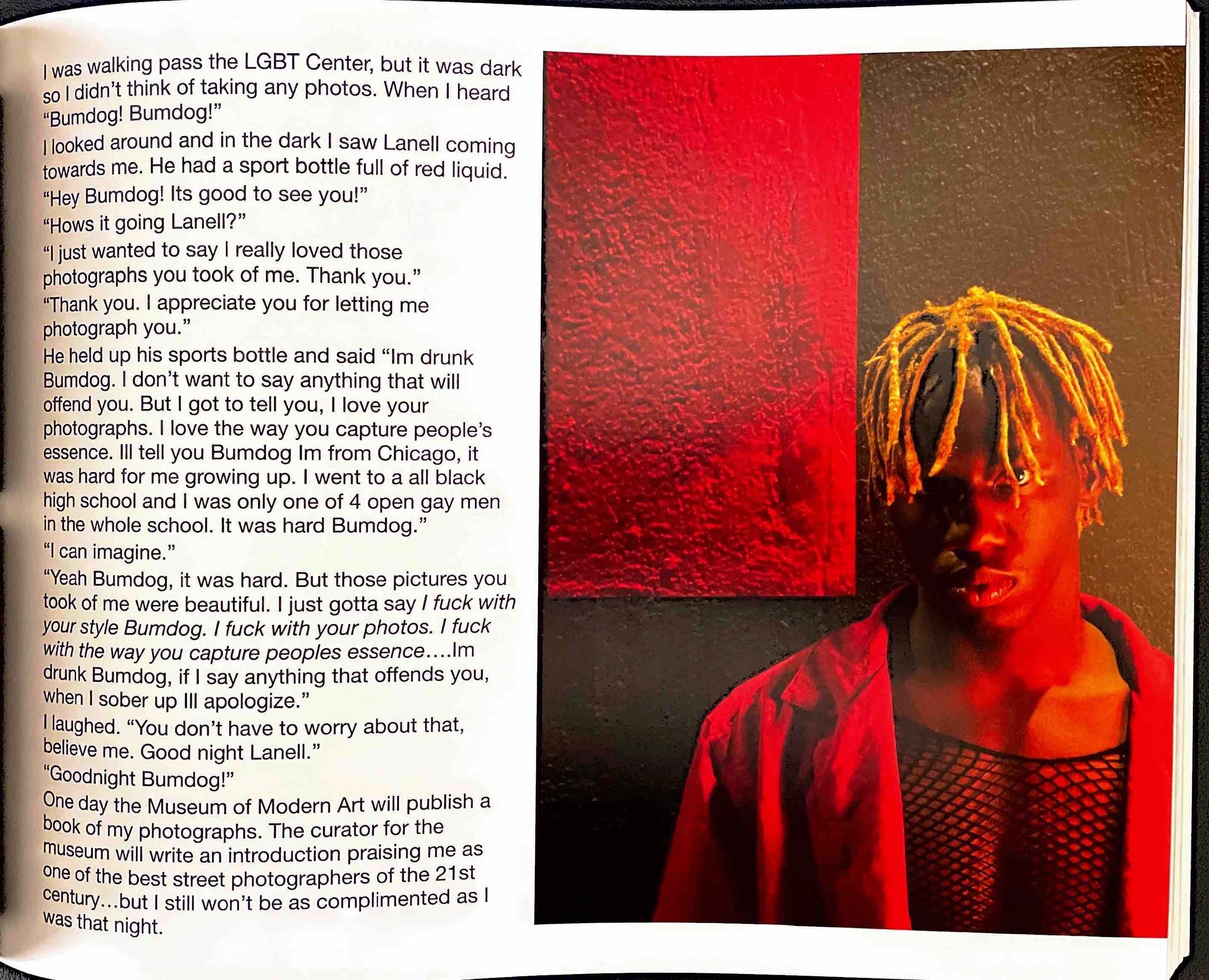
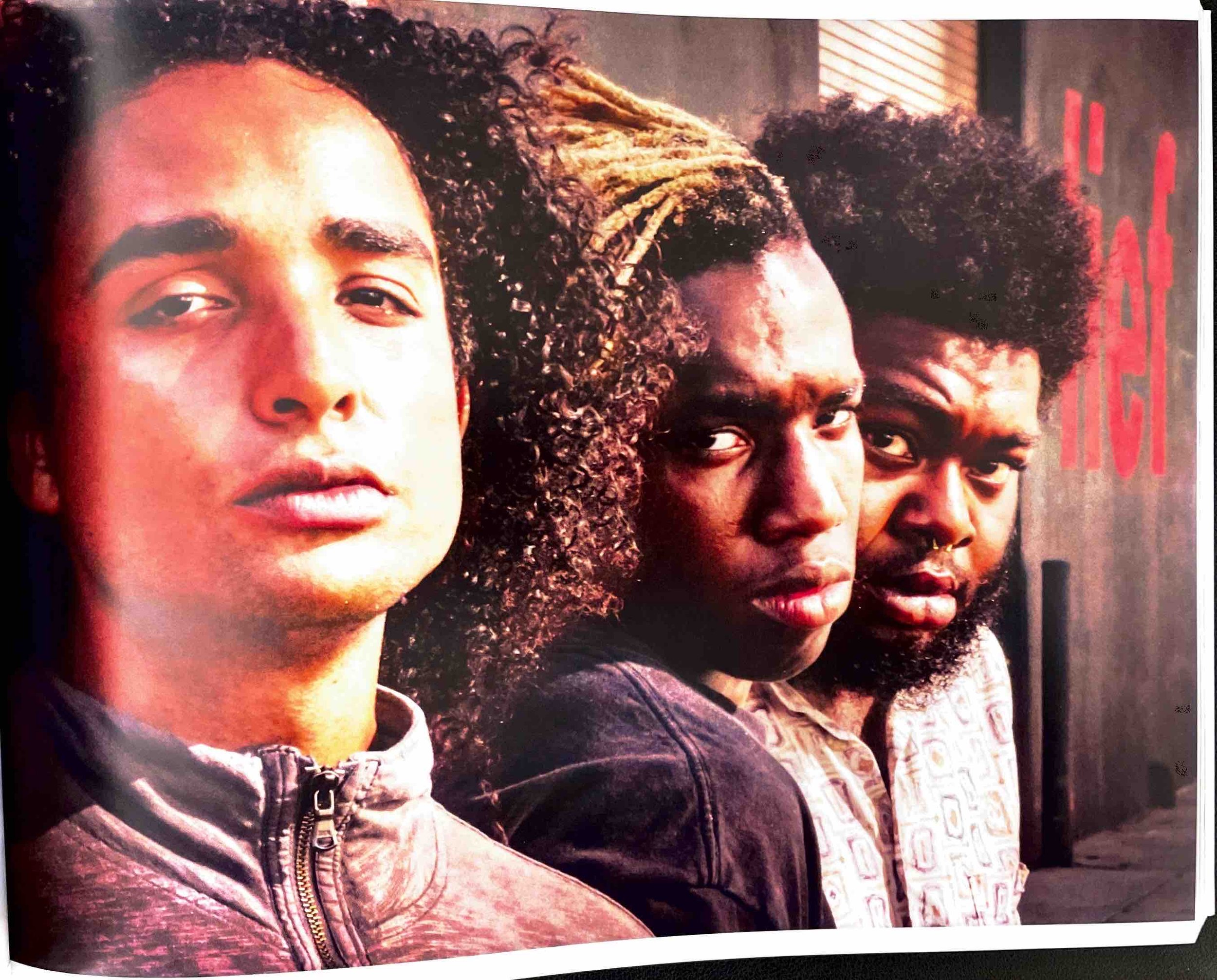
This is not a review. I am not qualified to speak about homelessness and homeless people, which is the main subject matter of this book. Bumdog Torres (the author) is, however, because he speaks as one of them.
Bumdog Torres is “a career homeless bum who sells photo prints, DVDs, Photobooks, T-shirts”, according to his Instagram profile, which is a somewhat modest description given his photobooks have been reviewed by Robin Titchener and he counts the great and the good (photobgraphers and photobook enthusiasts) among his followers.
This book is nearly an inch thick (about 2.5cm). It has photos and text in roughly equal measure. At times, the whole page is text. It is part story-telling and part diary/journal and 100% gripping (to me anyway. I pretty much read through it in one sitting).
Jim Goldberg’s Raised By Wolves is an early inspiration.
In a similar vein to Jim Goldberg’s “Raised by Wolves”, to whom the book is jointly dedicated, this is a raw, unflinching, at times tender and compassionate, glimpse into the homeless community in Hollywood (his family, as Torres calls them) with a special focus on one character called Krazy, a teenage homeless girl, which takes up about a third of the book. Though not explicit after the first few pages where he talks about himself, Torres’s presence and his relationships with the people he photographs comes through.
Of his photography, Torres writes “ If met someone who I thought could genuine comprehend what I was saying, Id tell them the real deeper truth. "I do this to keep from going crazy. When youre out here on the streets and if you dont have a project to keep your mind busy you'll go insane." To that they would say "I hear you. That's the truth. Yeah you can take my picture bro."“
“Im taking photos of my family. My photo books aren’t Books of Photography, they’re my family albums, for my family to be remembered.”
Of his photogrpahing the homeless people, he says “... he was taking photos of his subject. Im taking photos of my family. My photo books aren't Books of Photography, they're my family albums, for my family to be remembered.”
Of Krazy, “Despite how innocent and sweet she was there was a dark doom around her aura. you could feel it”. The story of Krazy would get darker and darker as it unfolded. This is real life but it would not be amiss as a movie plot. Torres posted a 60-part series on his Instagram account and it is worth a read.
*Typos in the quotations are as per the book.
Mike Brodie of A Period of Juvenile Prosperity (APOJP) fame, makes an appearance. Torres talks about his encounter with Brodie and demystifies the man, the myth and the legend. Warts and all.
Self-published. 1st Draft of 50 copies.
















